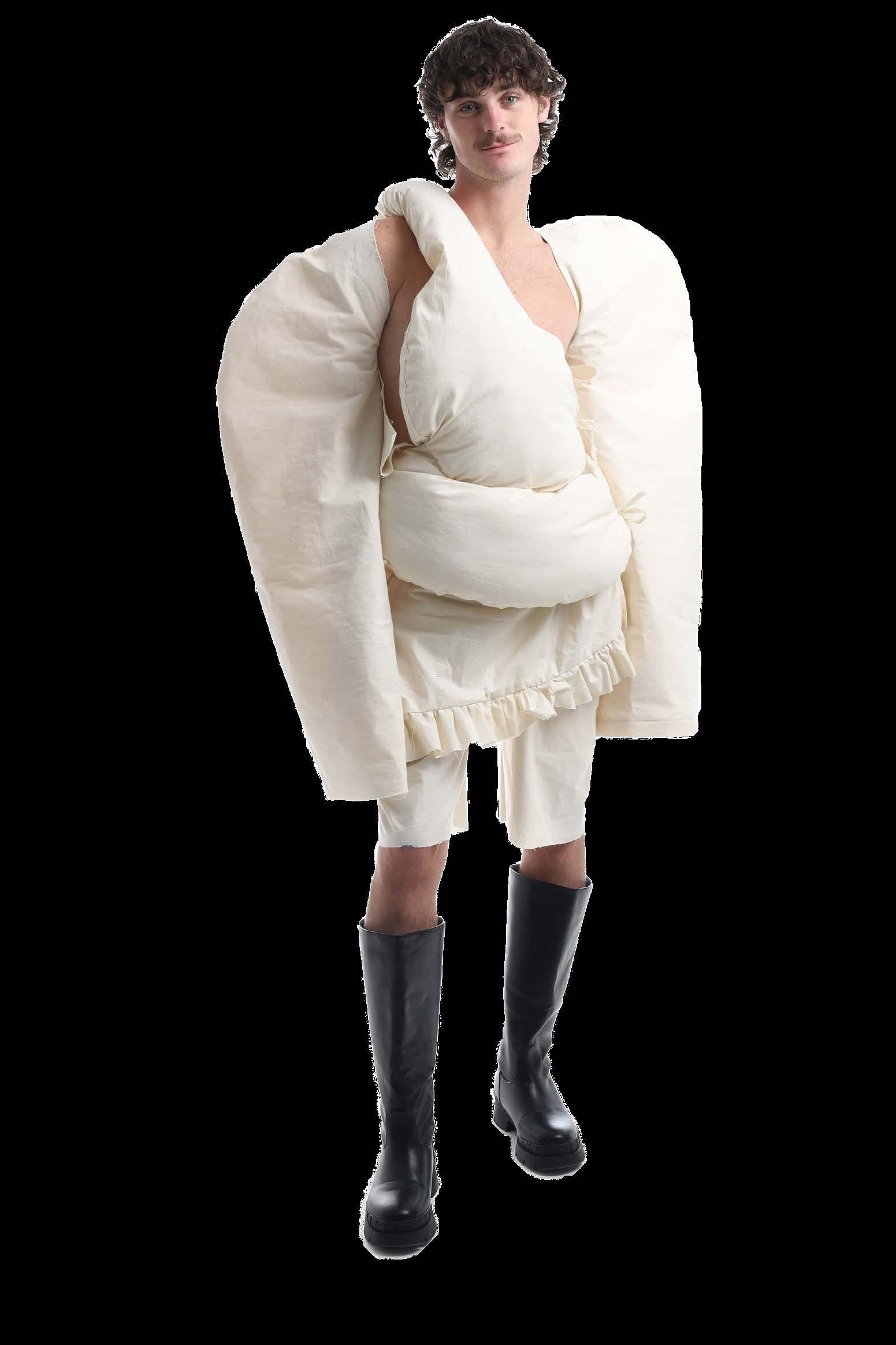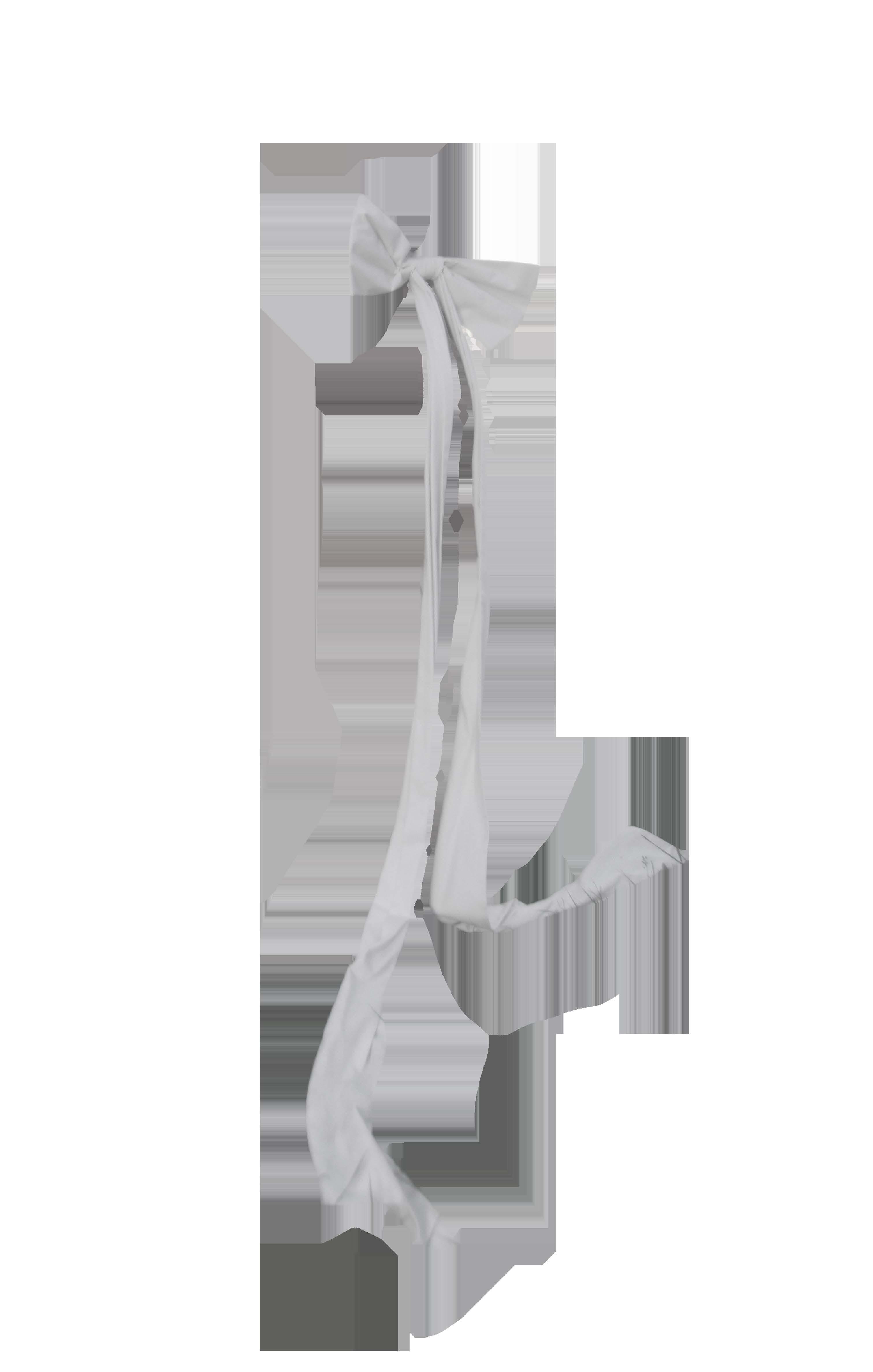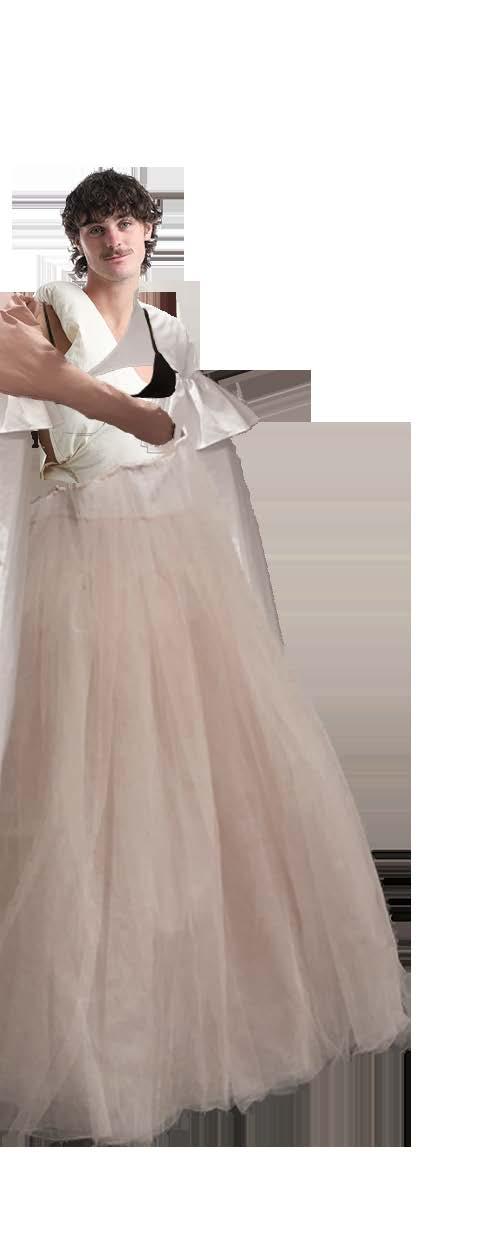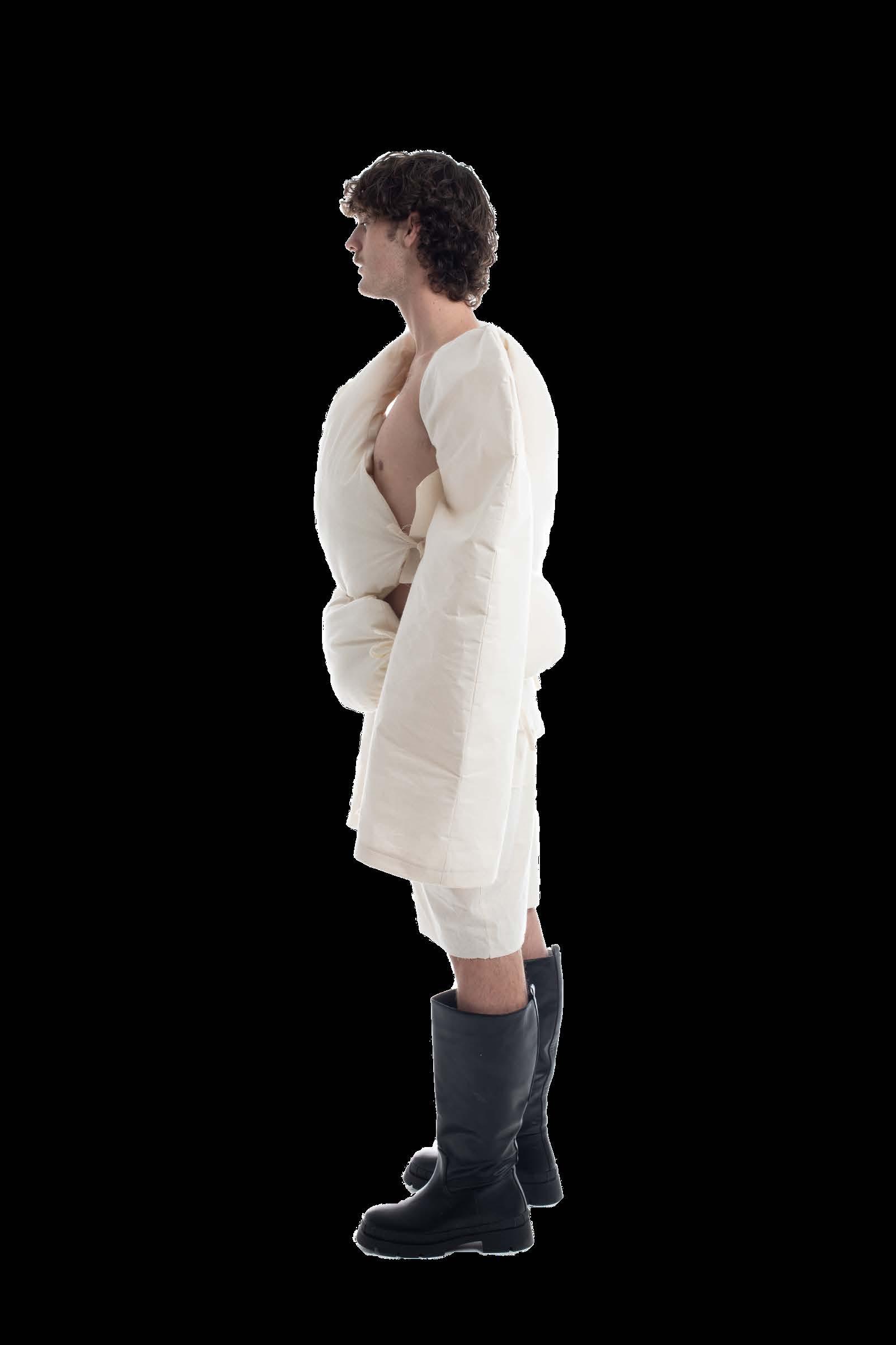
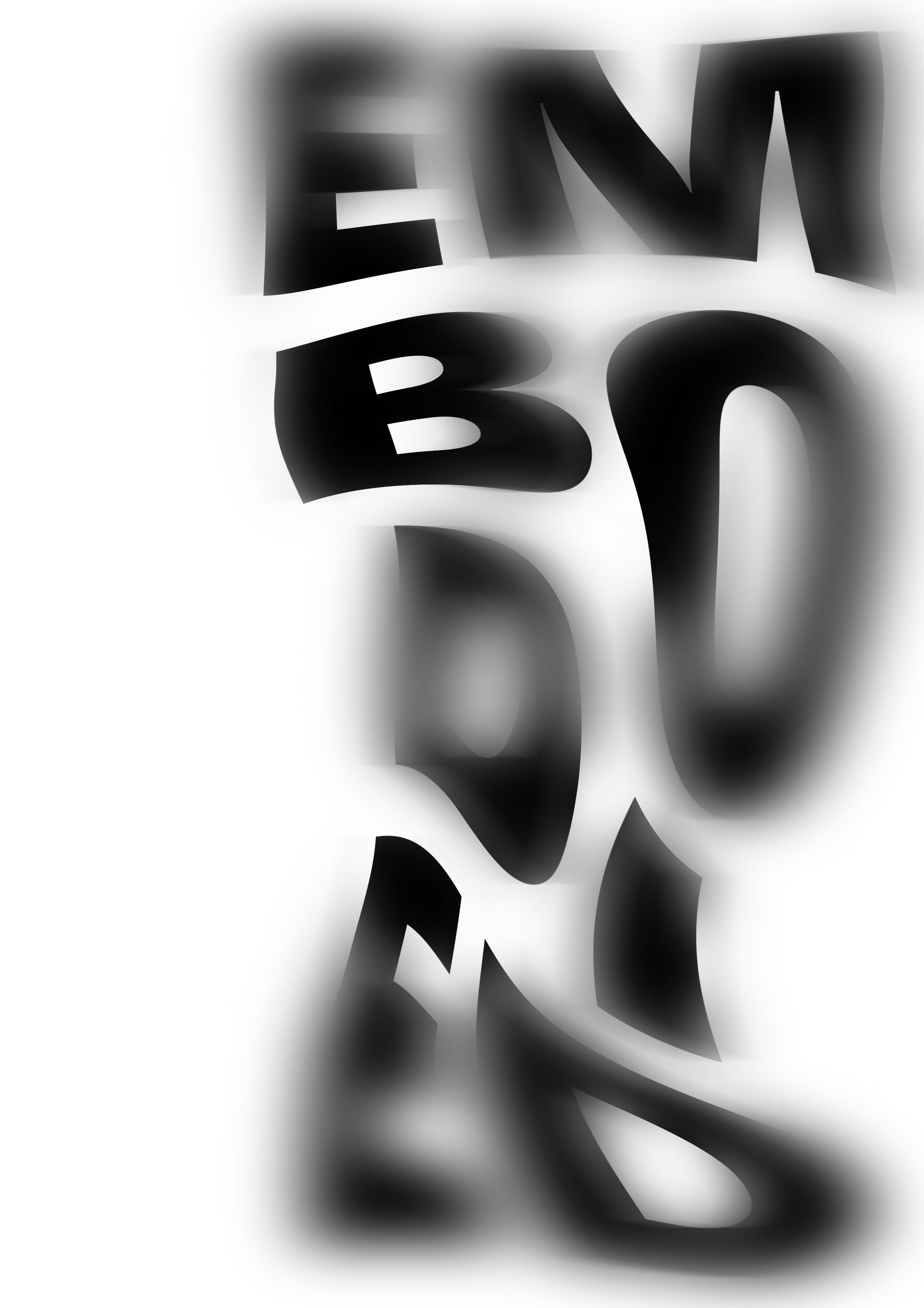
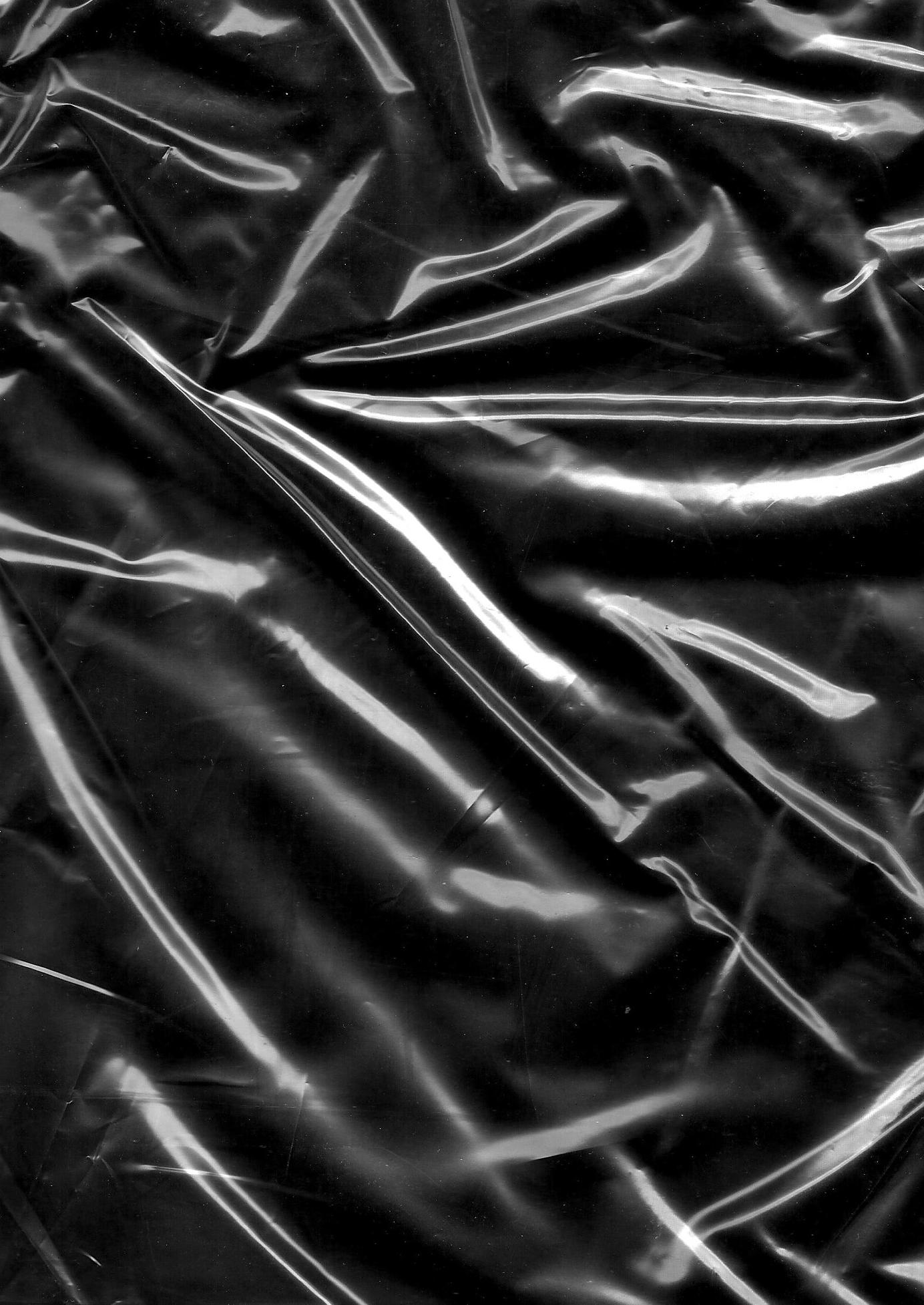
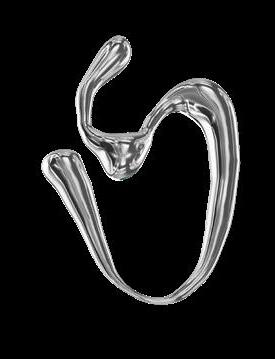


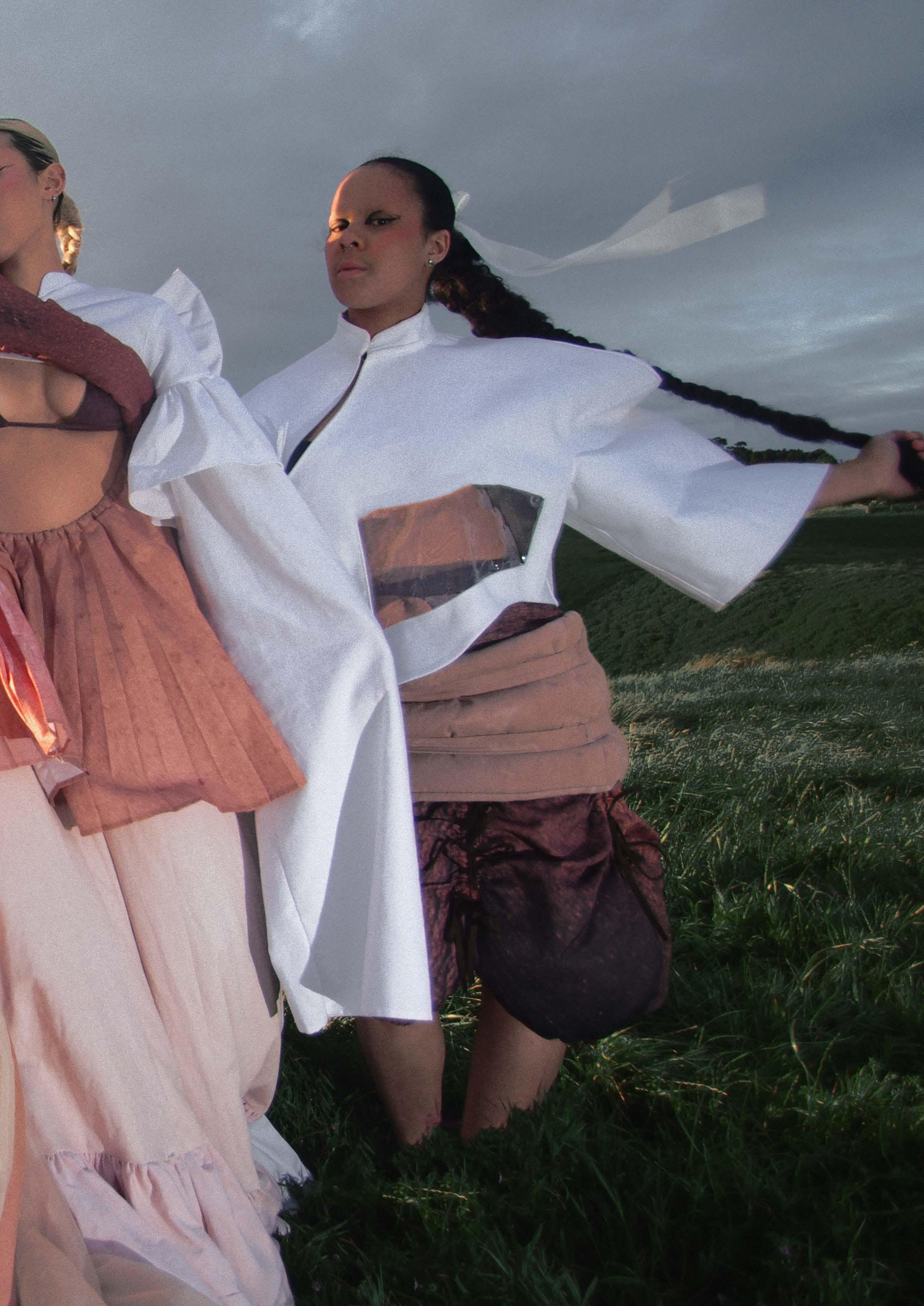 photographer: caleb bieber
photographer: caleb bieber
The traditional Japanese idea that appreciates the beauty of imperfection. It can be explored through the idea that skin becomes beautiful as it ages, stretches, wrinkles, and consequently acquires a new charm. In a utopian world, all skin is celebrated and imperfections of the body are embraced.
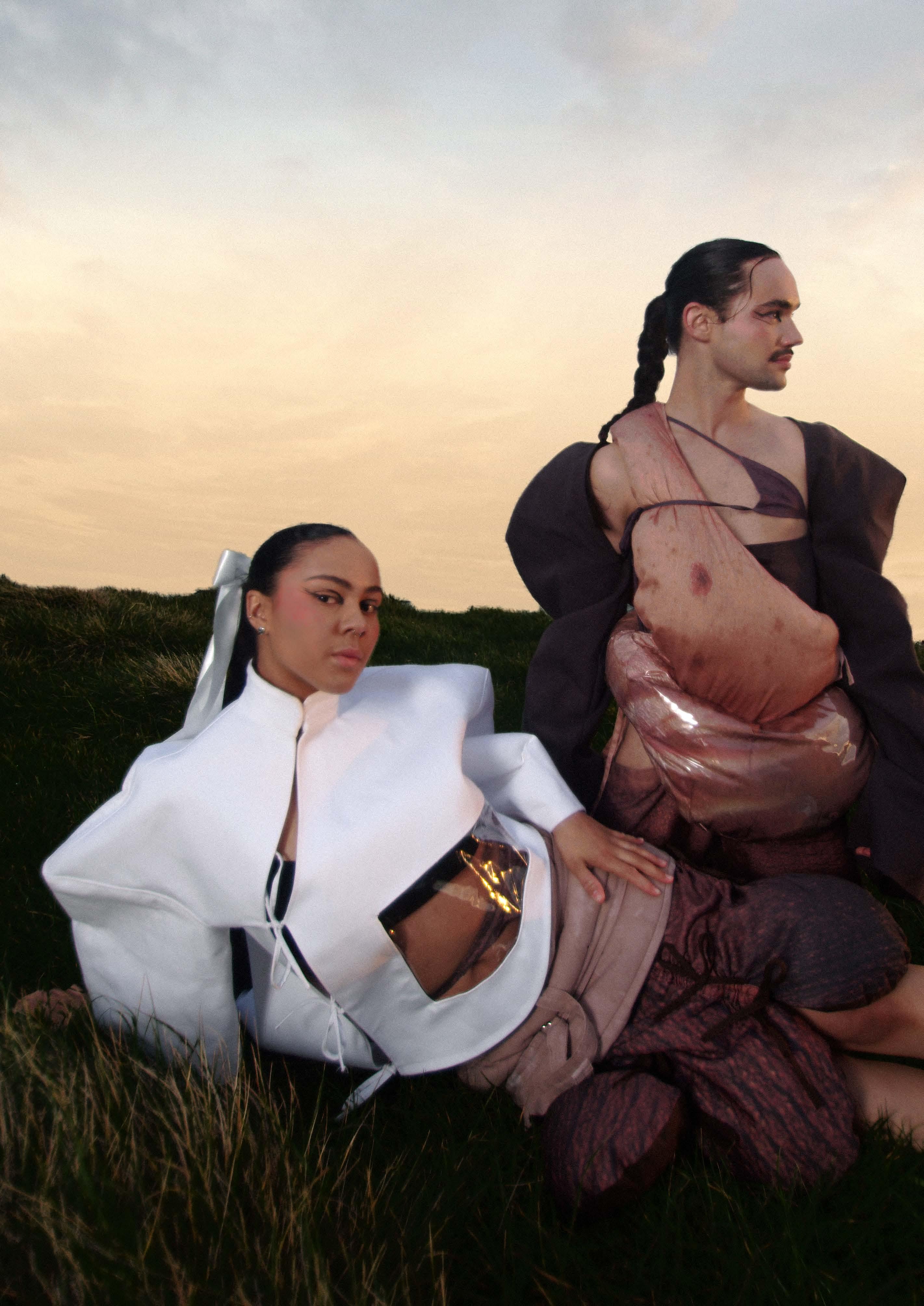
wabi-sabi (侘寂)
CONCEPT
This collection aims to celebrate the different textures, colours and shapes of skin in an imagined near future world. The human body will not only be highlighted and revealed, but disfigured and caricatured through the use of silhouette and layering. The fabric will explore skin textures through visual photographic prints of different body parts, and tactile fabrication. The emphasis of natural colours and the natural body will be contrasted with the idea of transhumanism and how biology will merge with the artificial. Will human skin possibly evolve to become part plastic to prevent aging? Or will bodies be appreciated as a temporary part of life?
In order to achieve a diversity in sizing, the garments will be all over oversized and adjustable. This means the fastenings being used are adjustable strings and straps opposed to buttons and zips which are rigid. This allows for garments to have lots of ease on different body types however can still be made to fit perfectly. This also improves the longevity of the garment as it can grow with the user, like a body. sequently acquires a new charm. In a utopian world, all skin is celebrated and imperfections of the body are embraced.
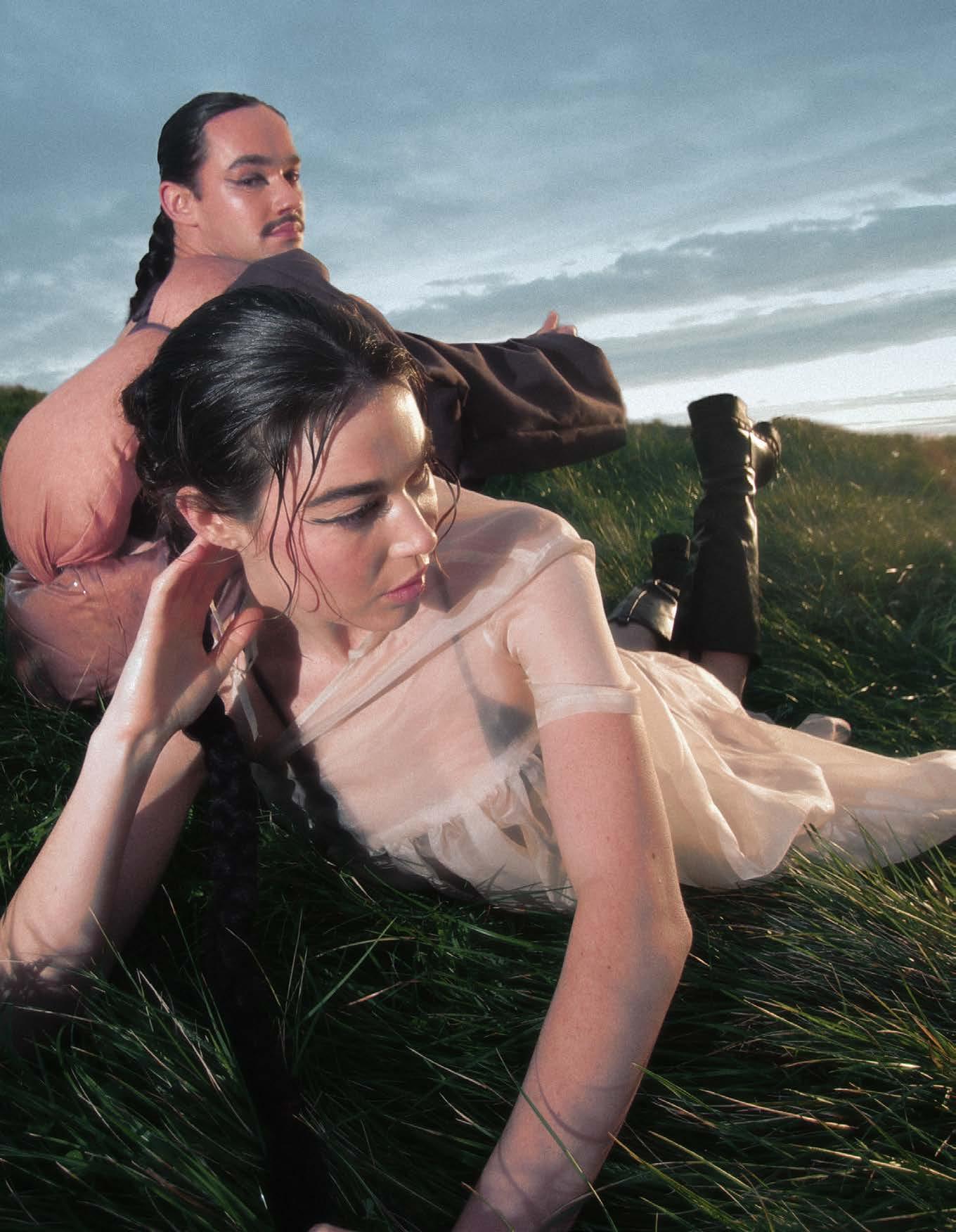
Sustainability has been considered in this collection further than just the fabric in terms of how it will be worn. These garments have a longer lifecycle as they are all made up of individual parts which can be interchangeable or styled with other garments in the user’s wardrobe. This is inspired by the interchangeable pieces that made up the wardrobes of Victorian women in the 19th century (Tattersall, 2014). This collection will cater towards the gradual societal movement towards slow fashion and focusing on personal style rather than trend (Alon, 2019).
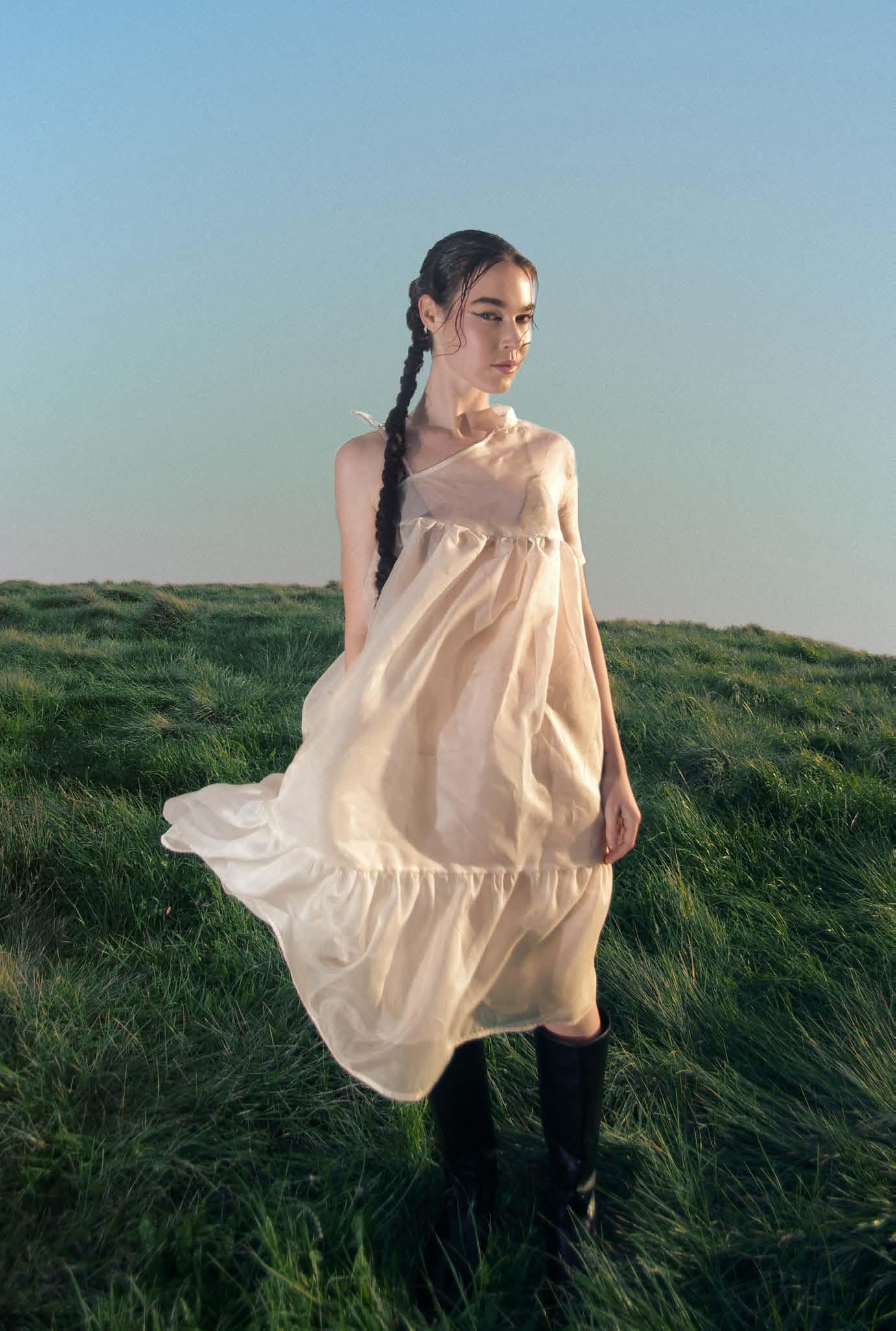
The colour palette is drawn from the hues of skin featuring muted analogous pink/red/orange tones with a discordal pale mint. Texture is explored visually through the prints of skin onto fabric but also physically through the pleats which come out from underneath the other garments.
Abject art which replicates skin and humanlike features in the form or art and sculpture is often viewed as grotesque and ugly, but shouldn’t the human body be celebrated?
in

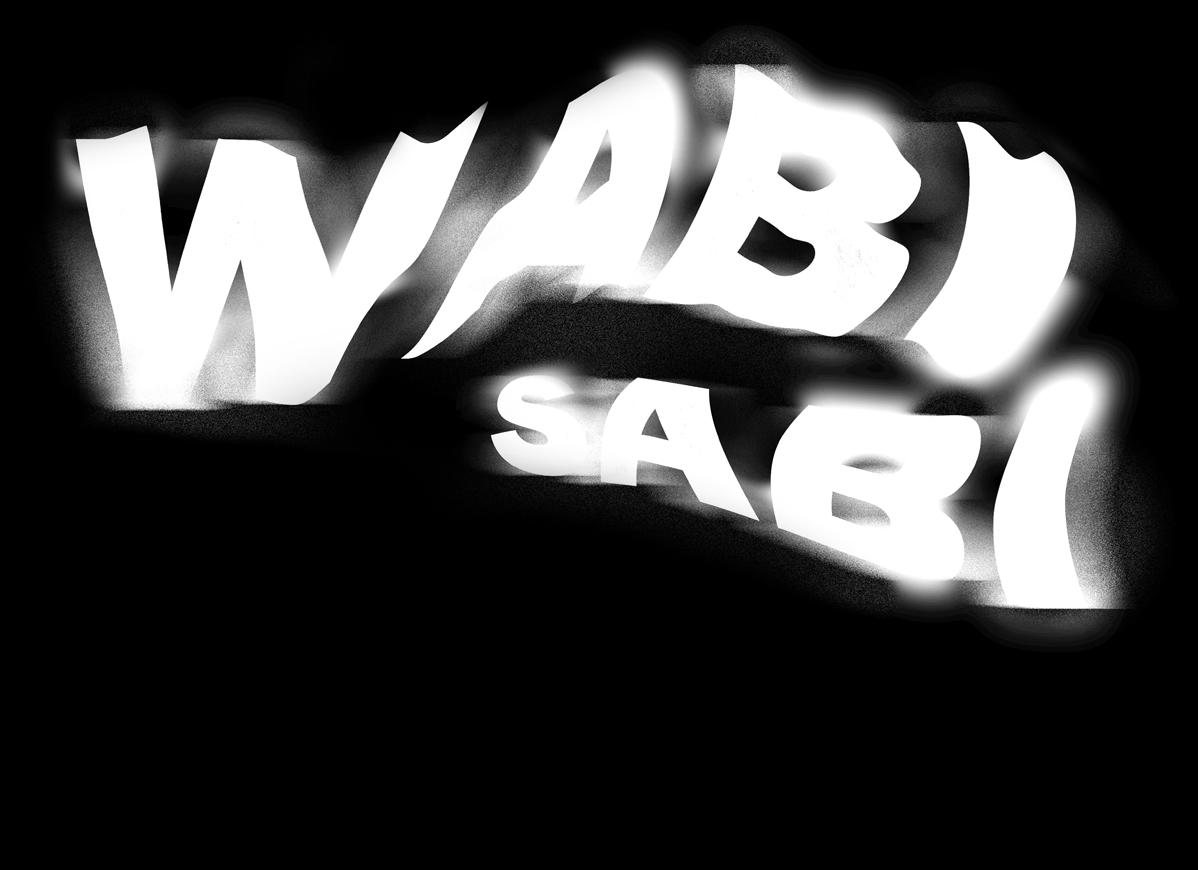
“an intuitive appreciation of ephemeral beauty in the physical world that reflects the irreversible flow of life in the spiritual world”
- Andrew Juniper
Wabi Sabi: The Japanese Art of Impermanence
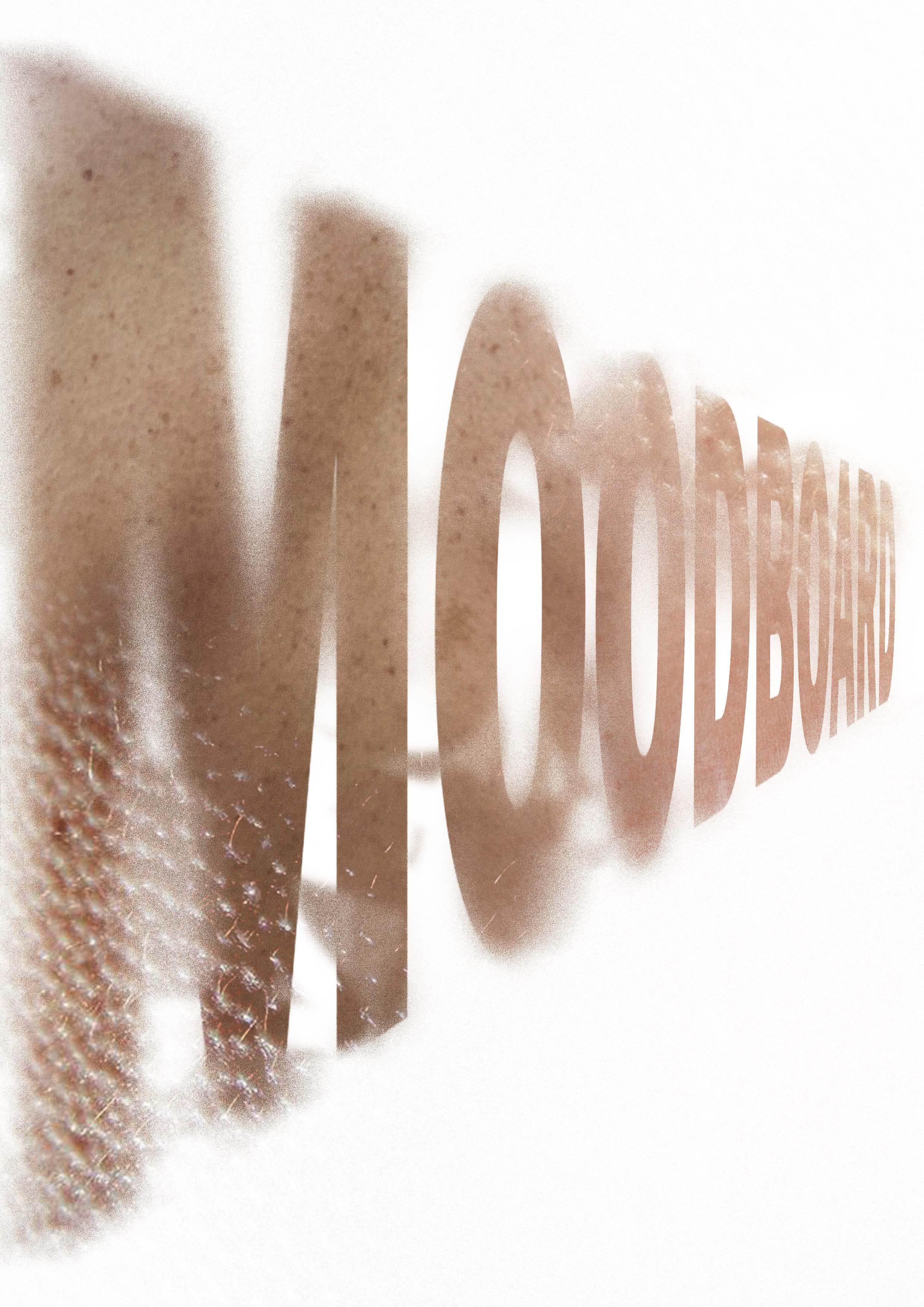
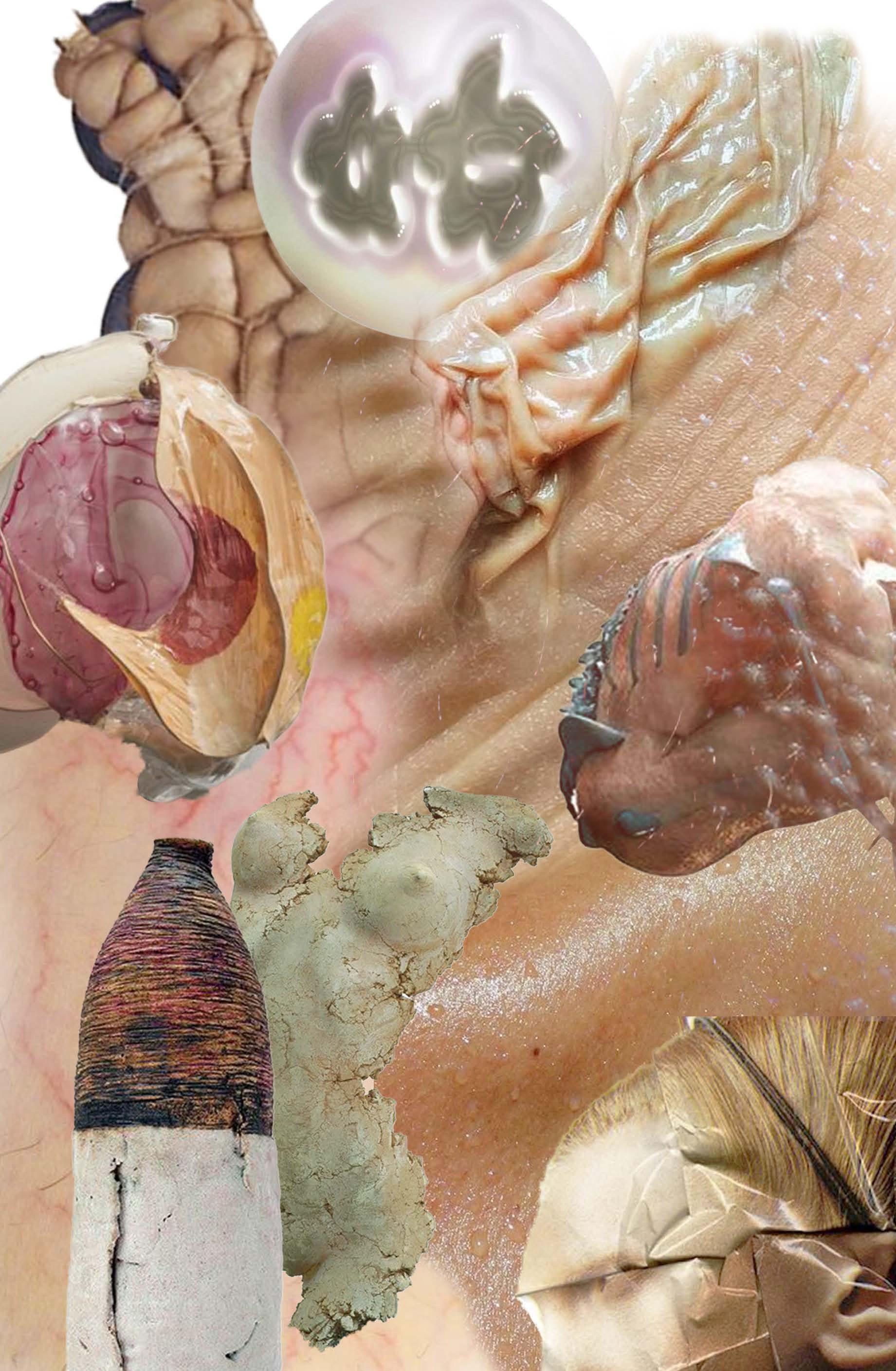


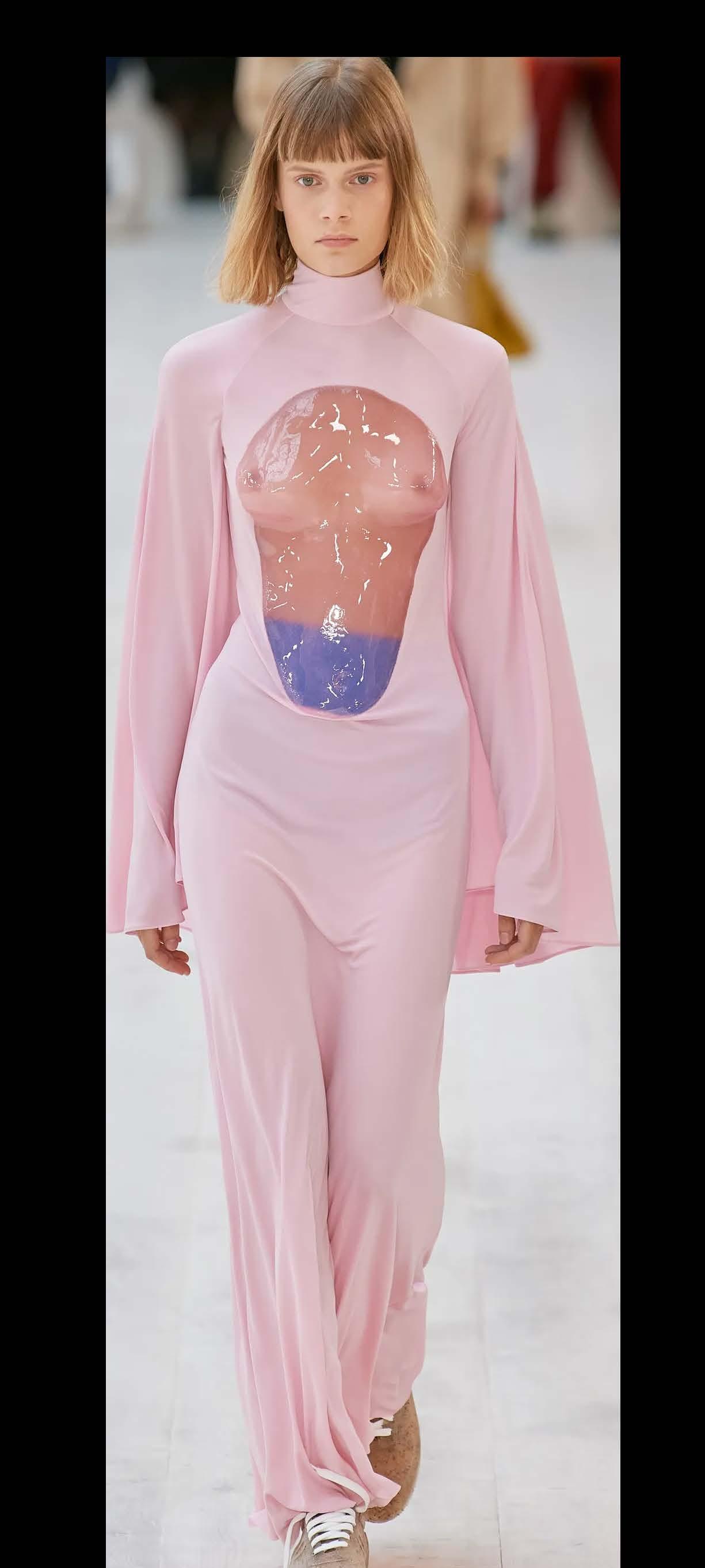


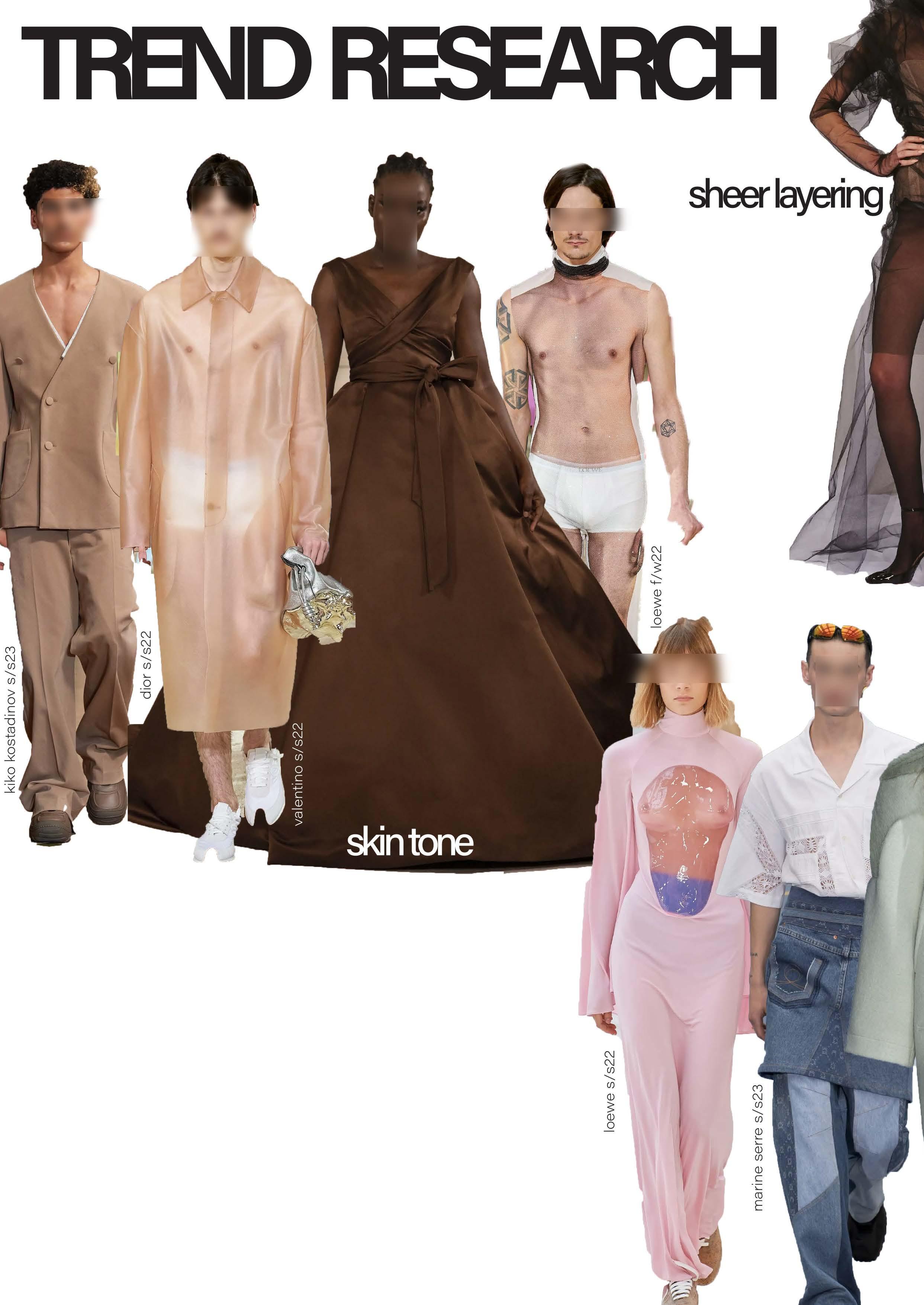








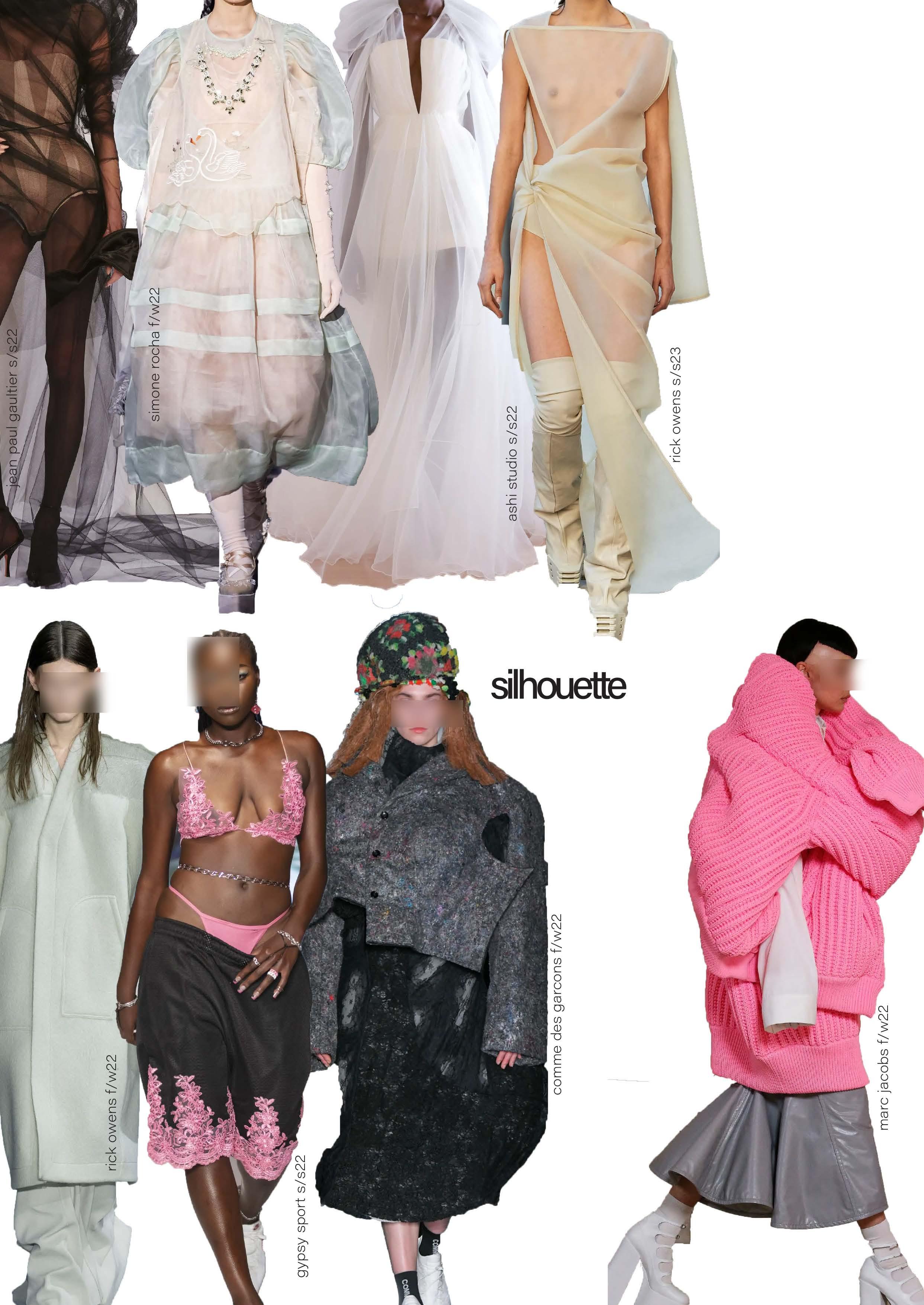
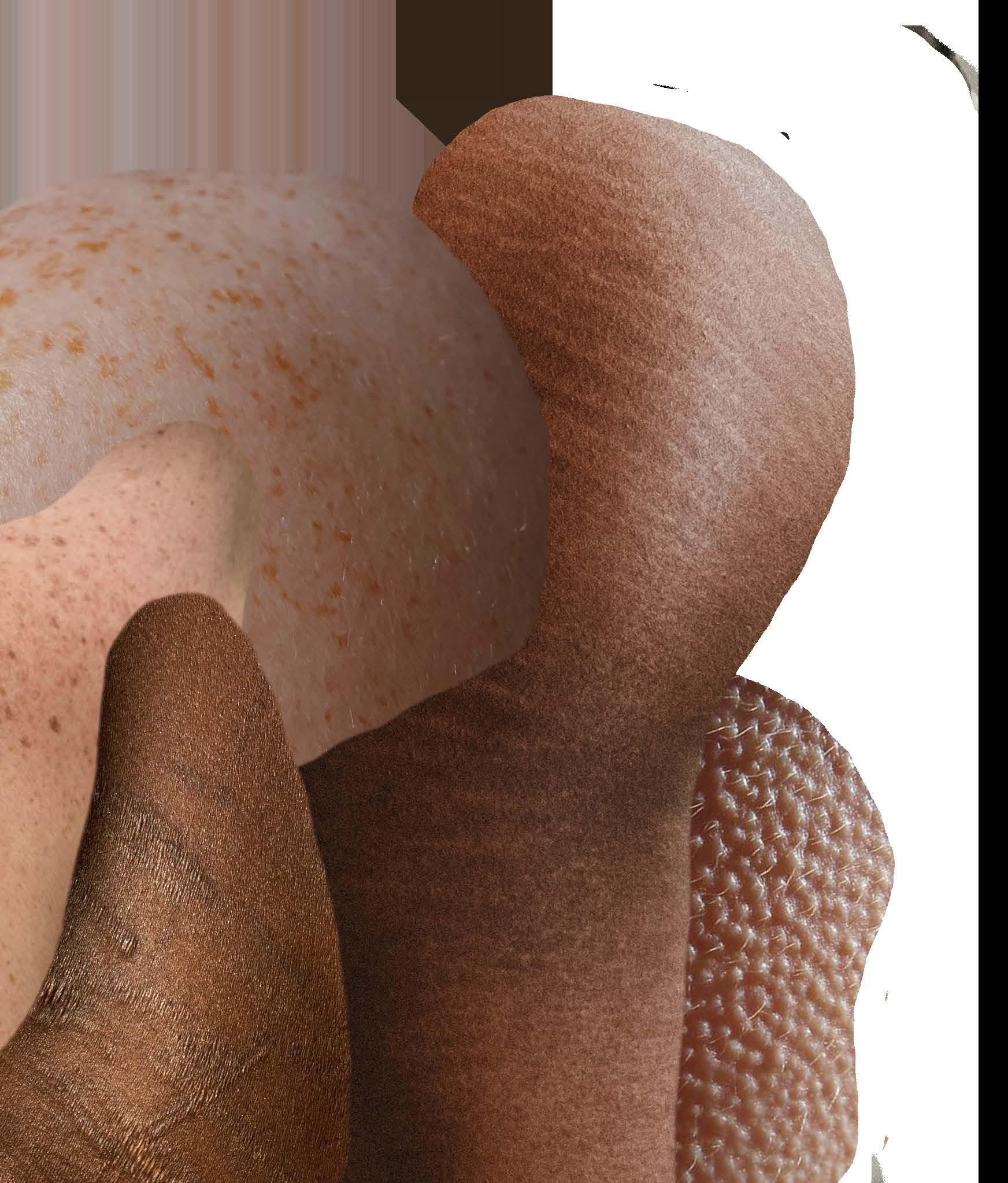

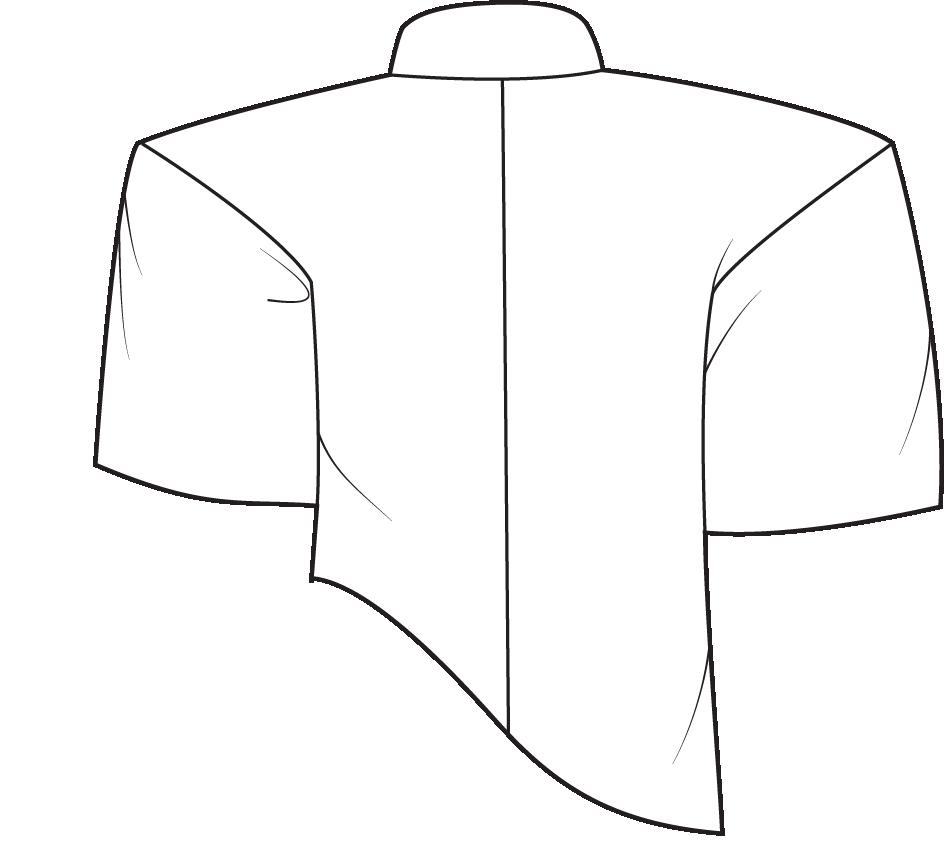
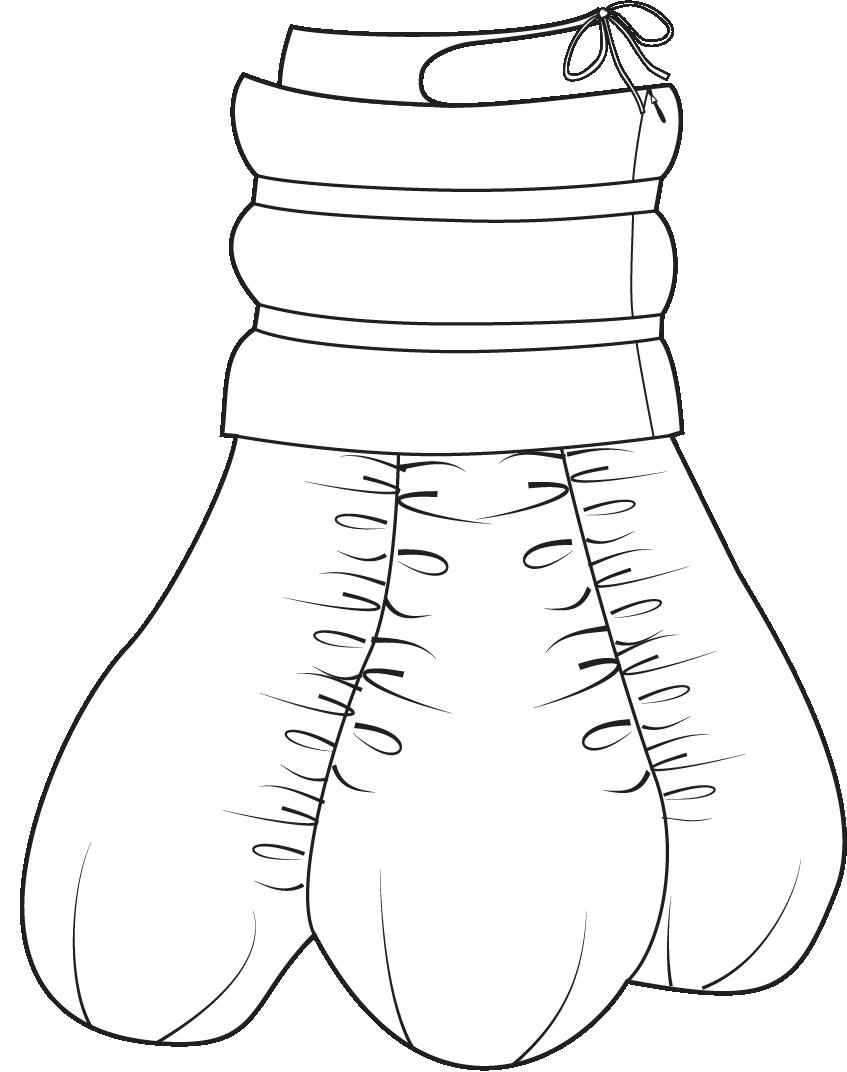
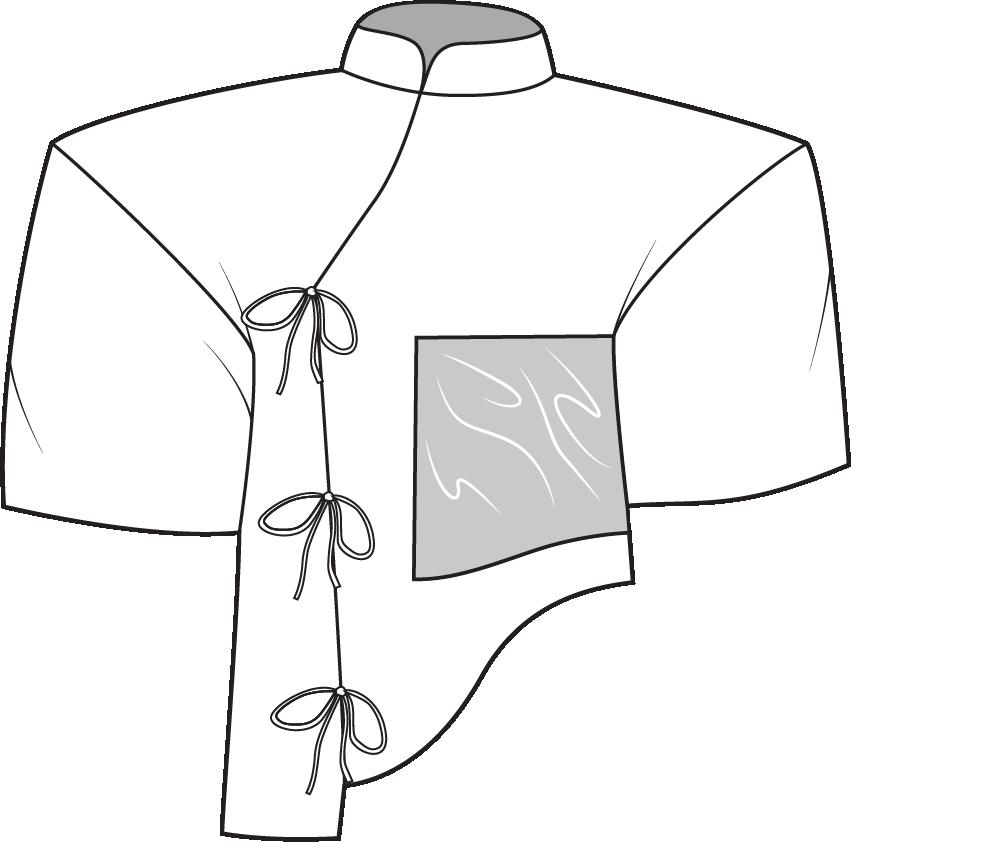
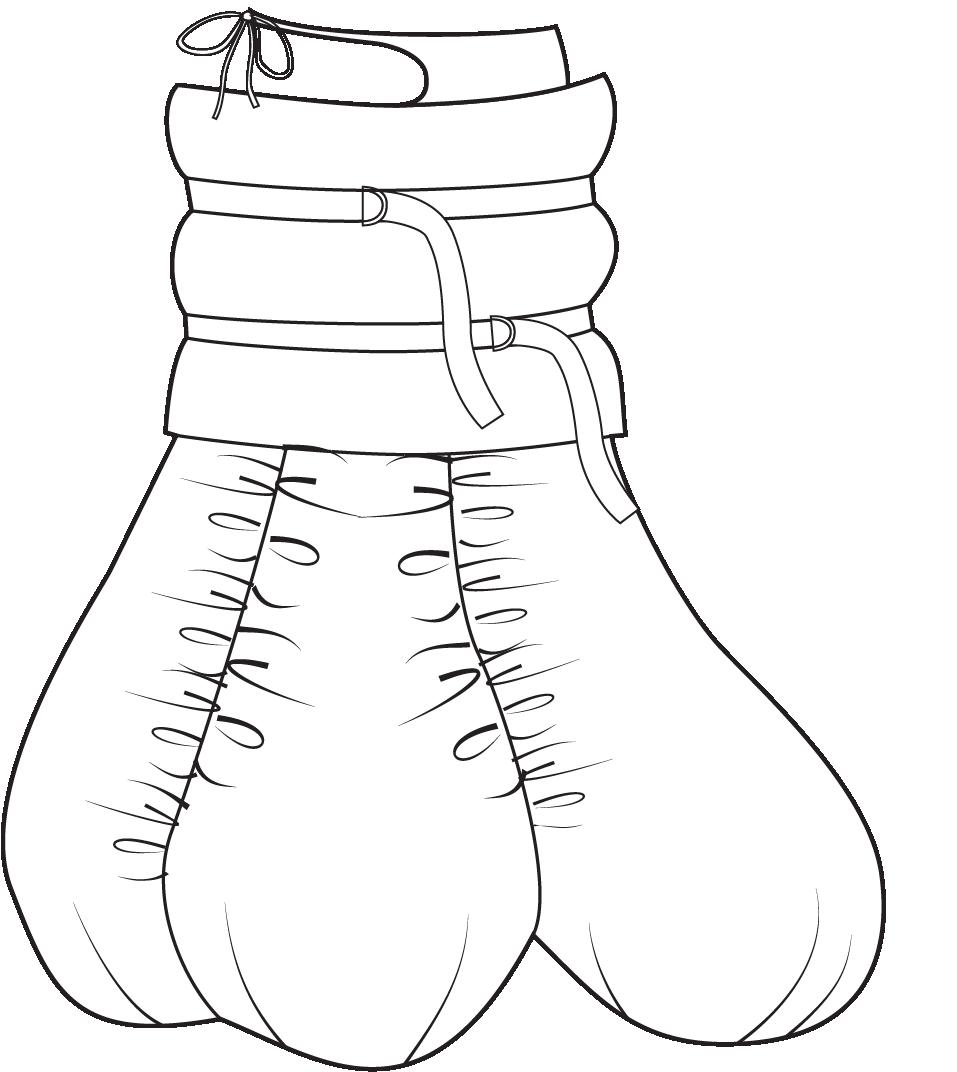


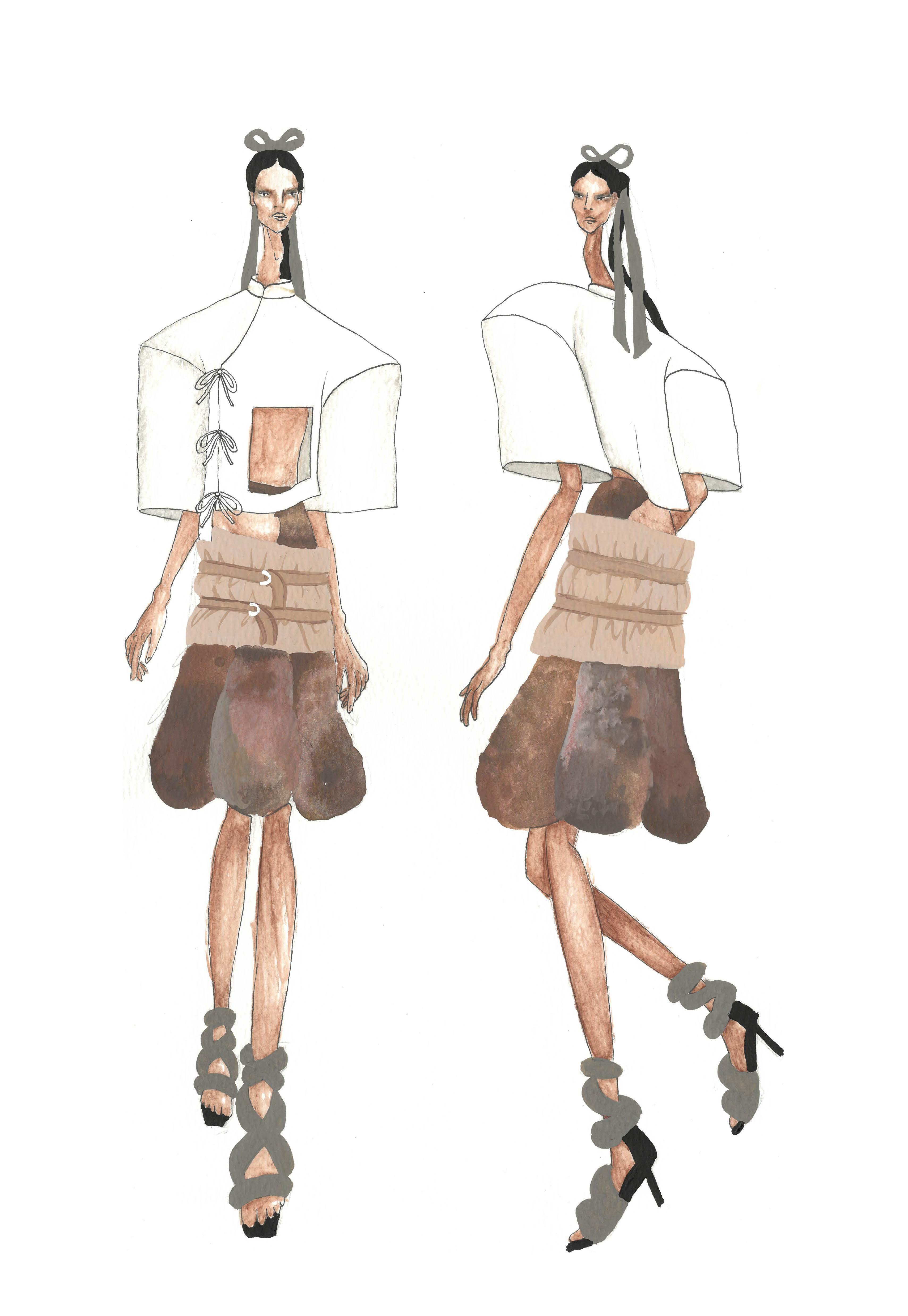
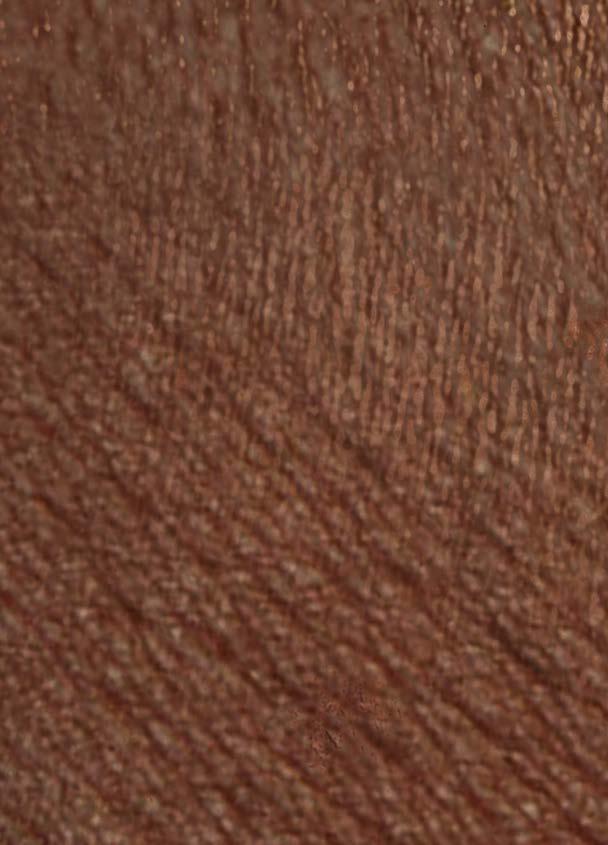
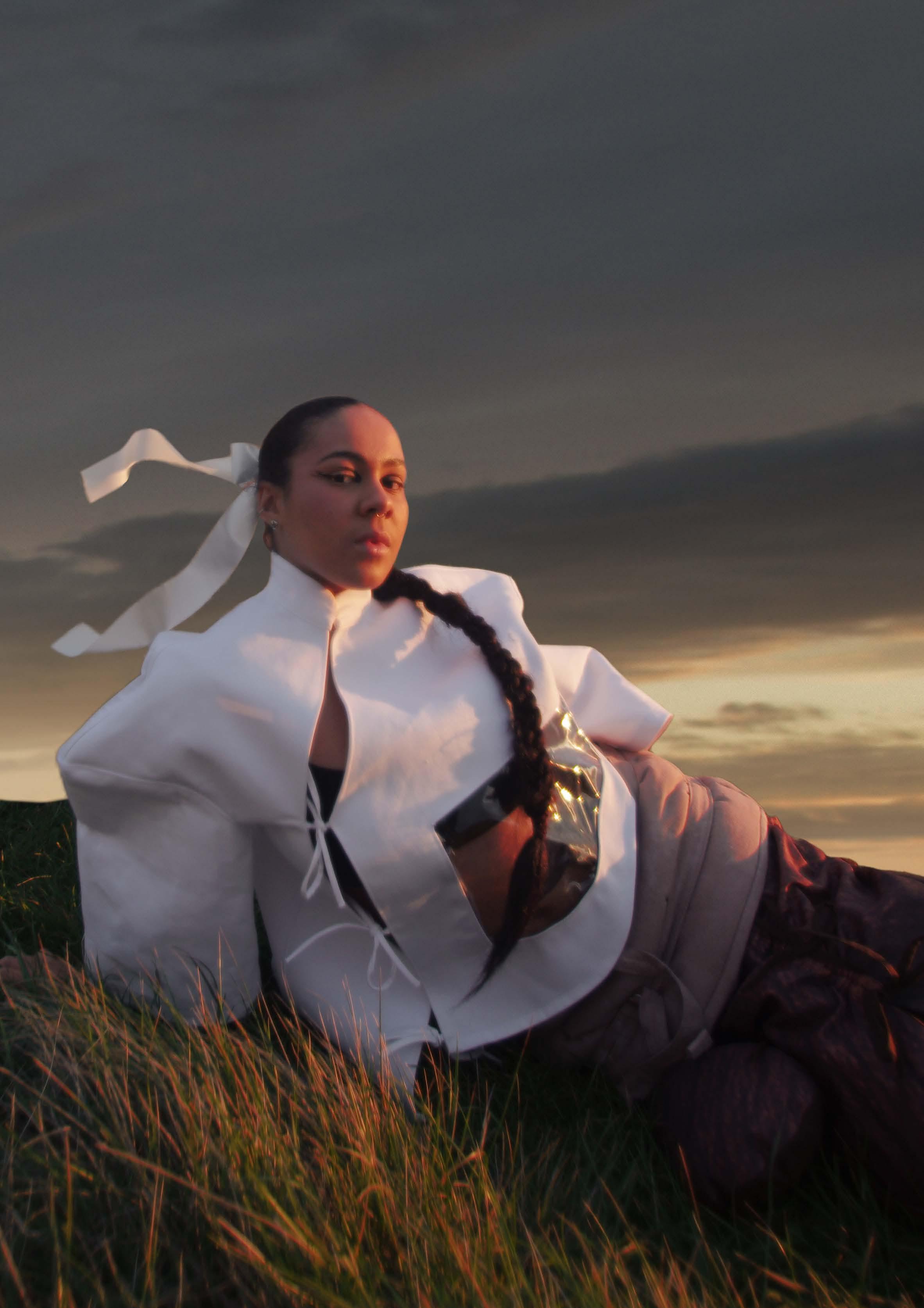
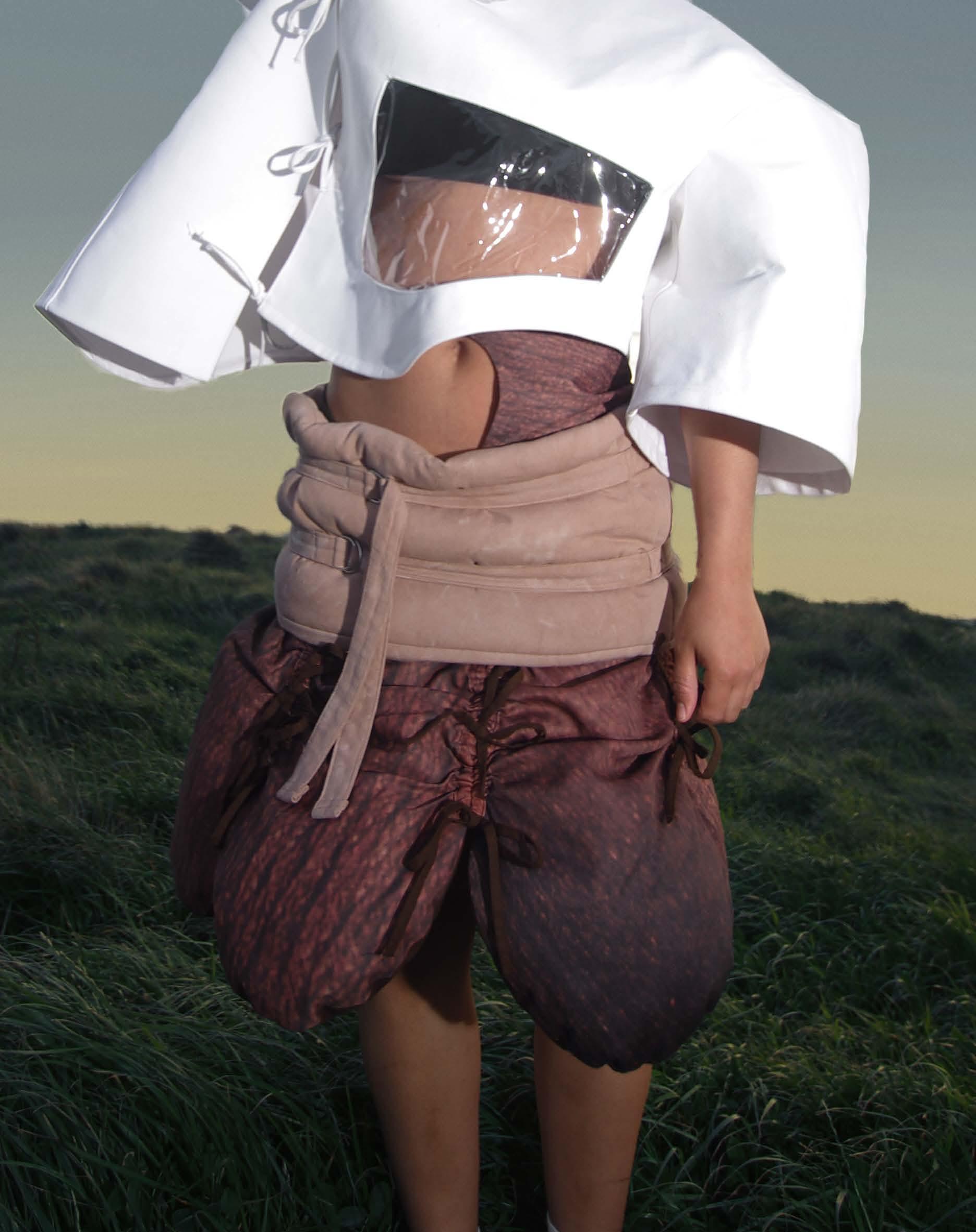


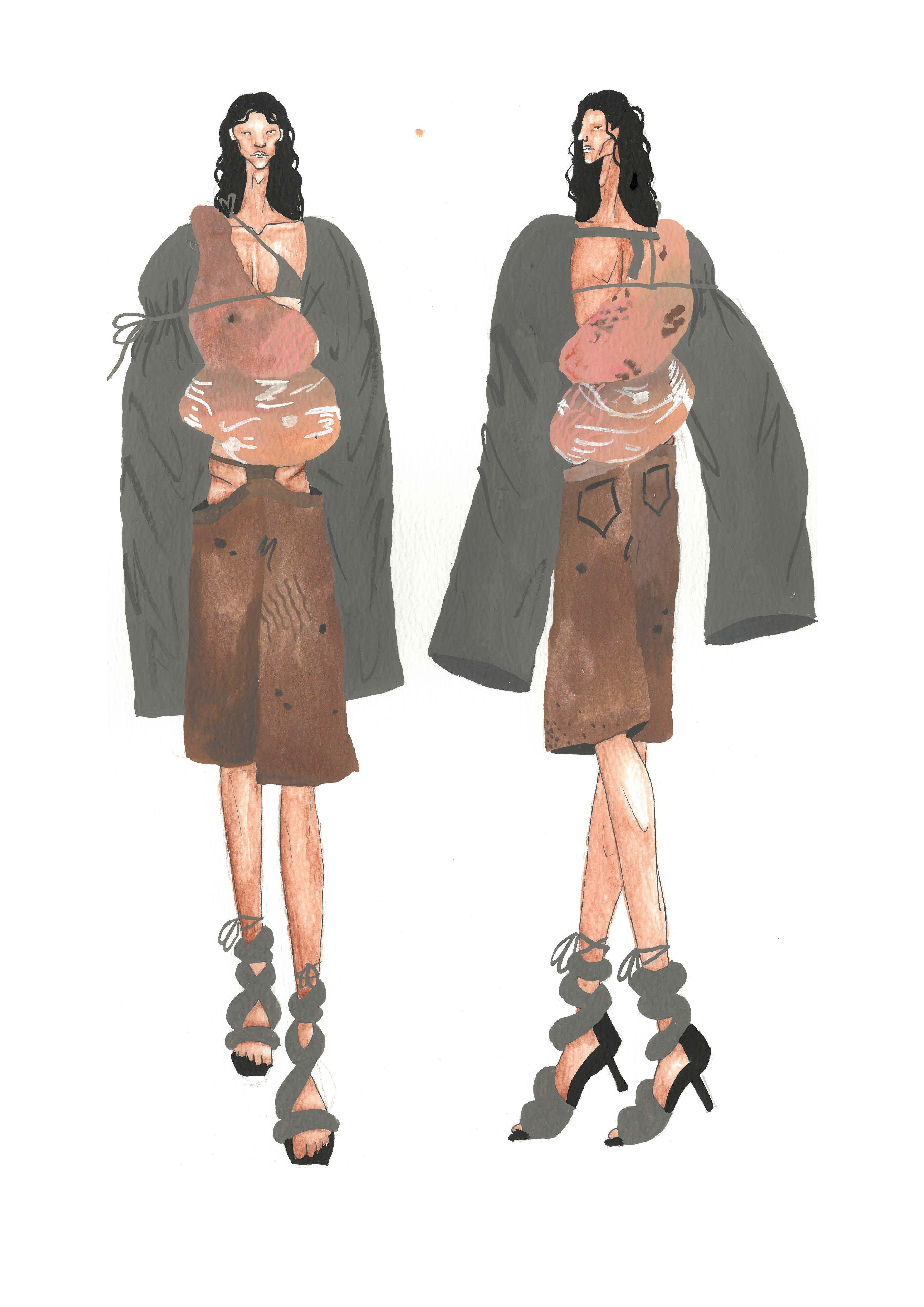


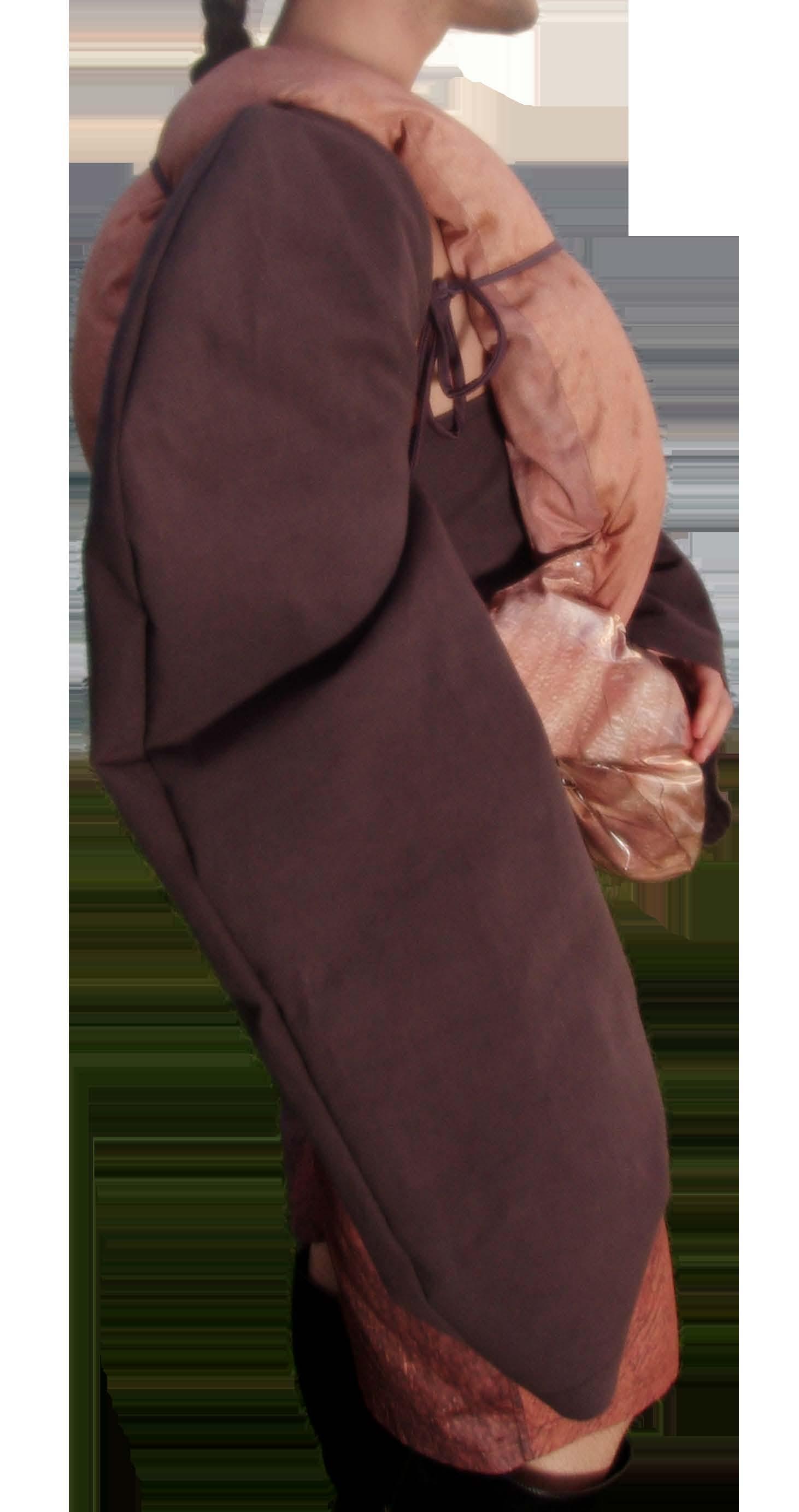
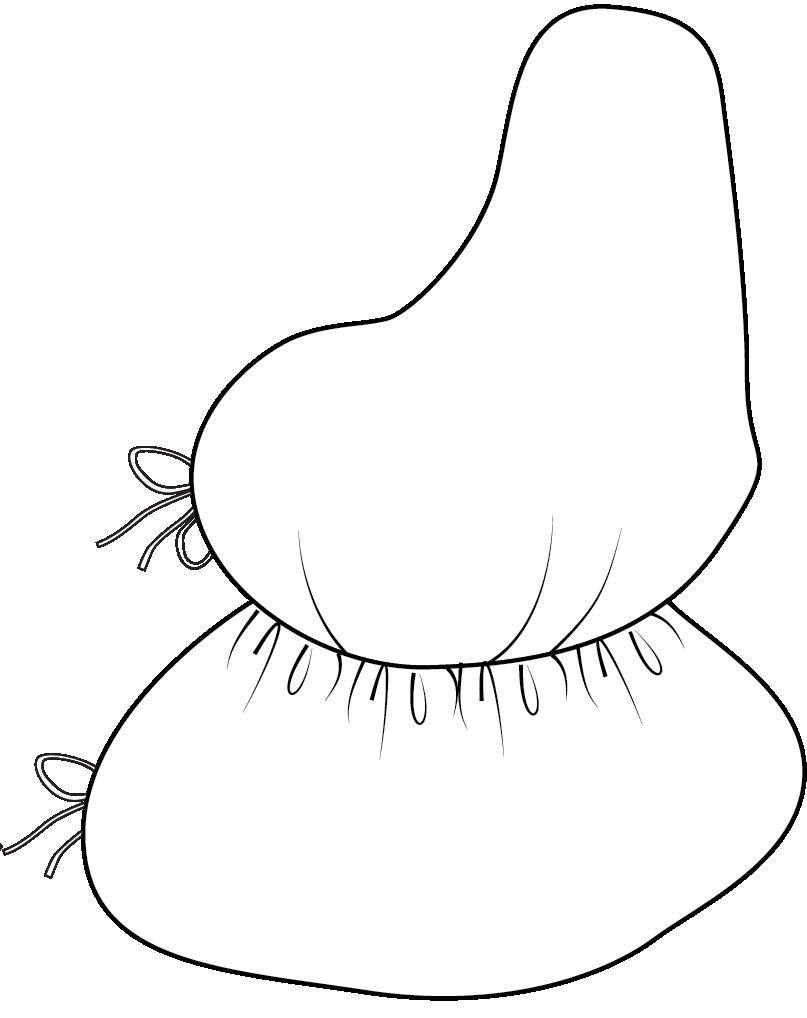
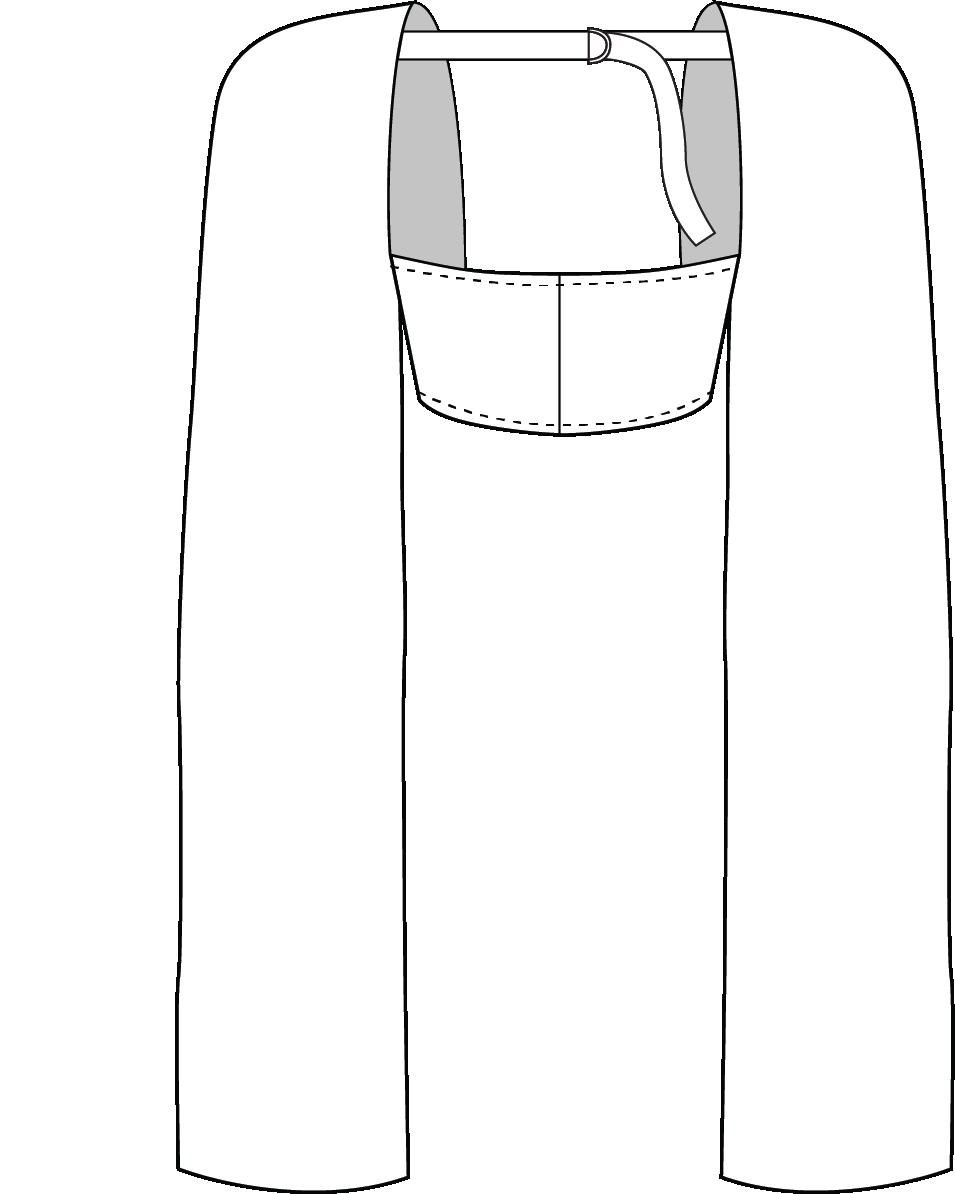


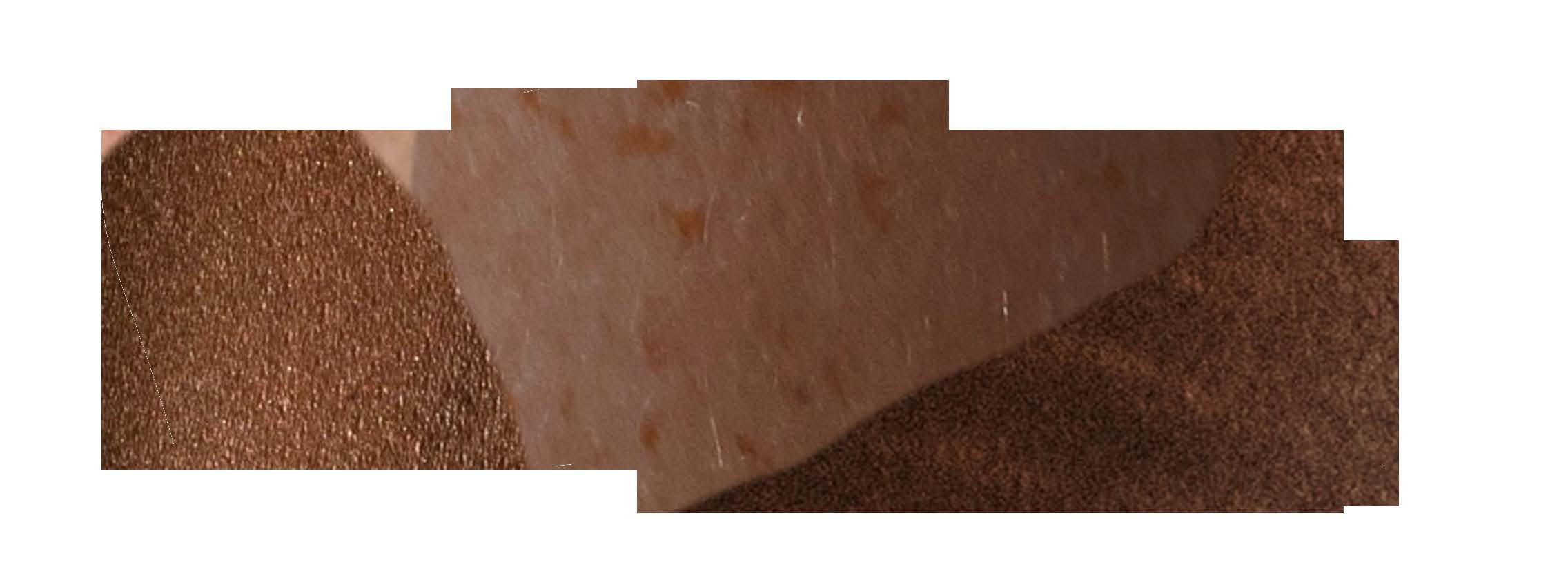
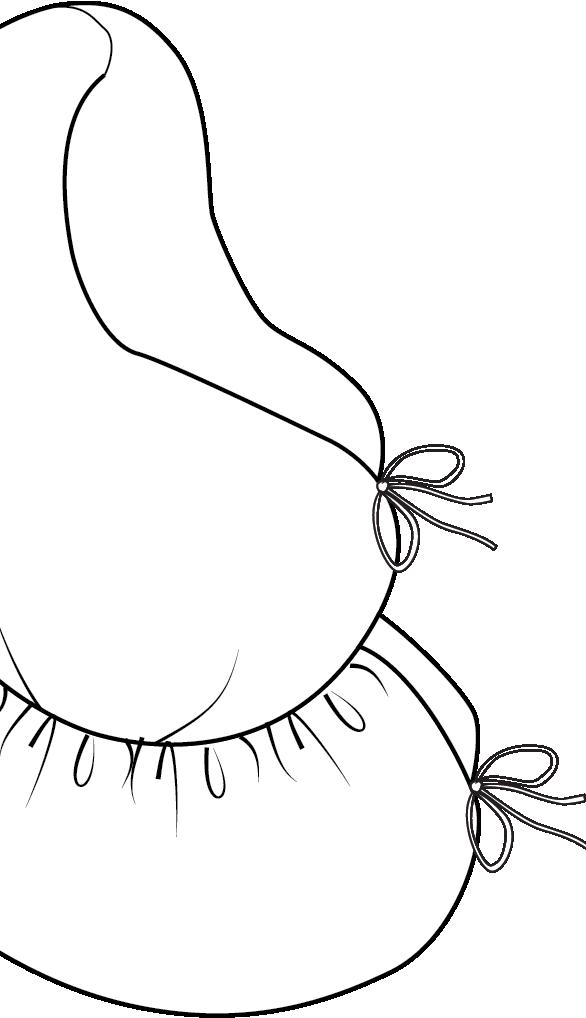
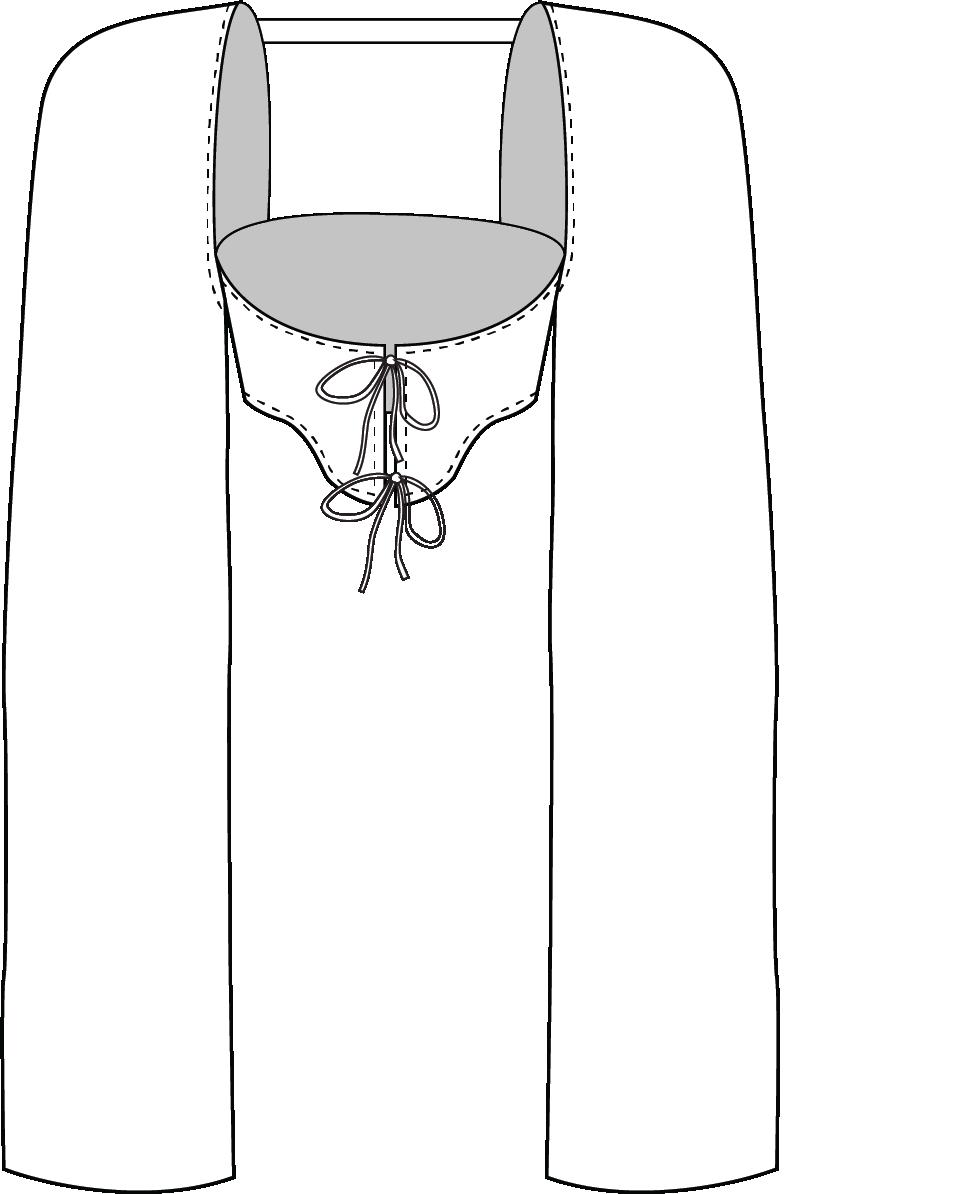
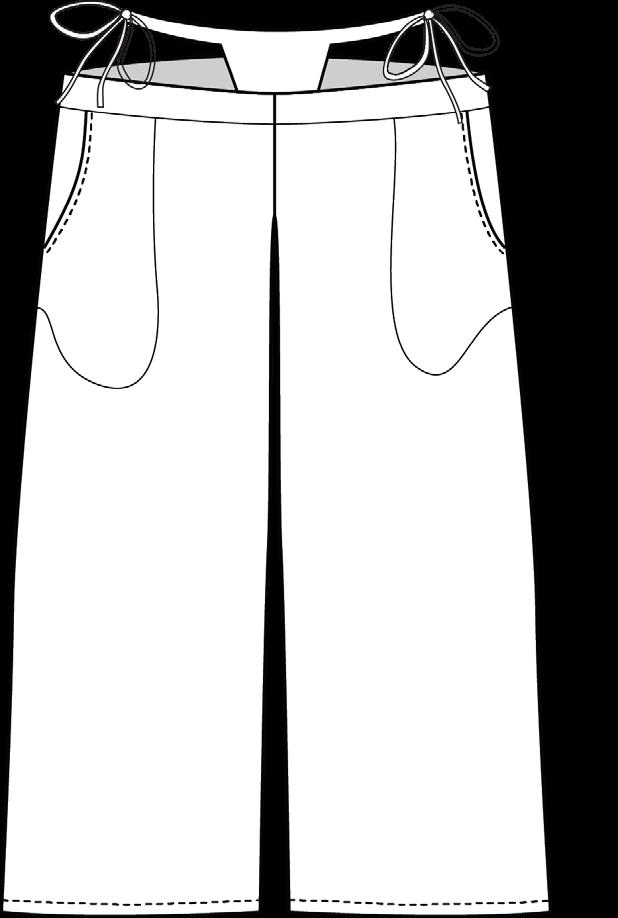
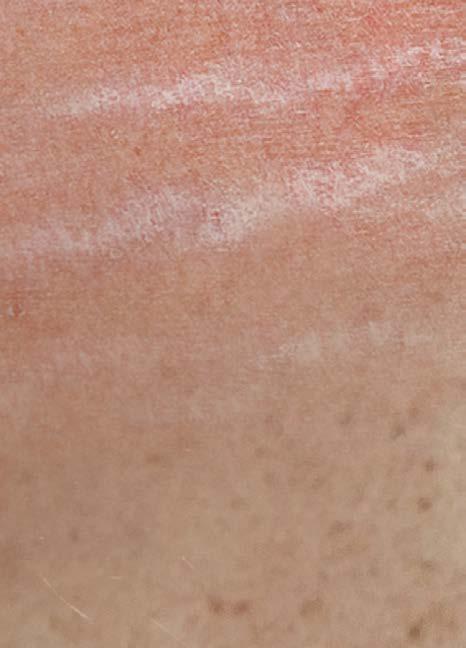
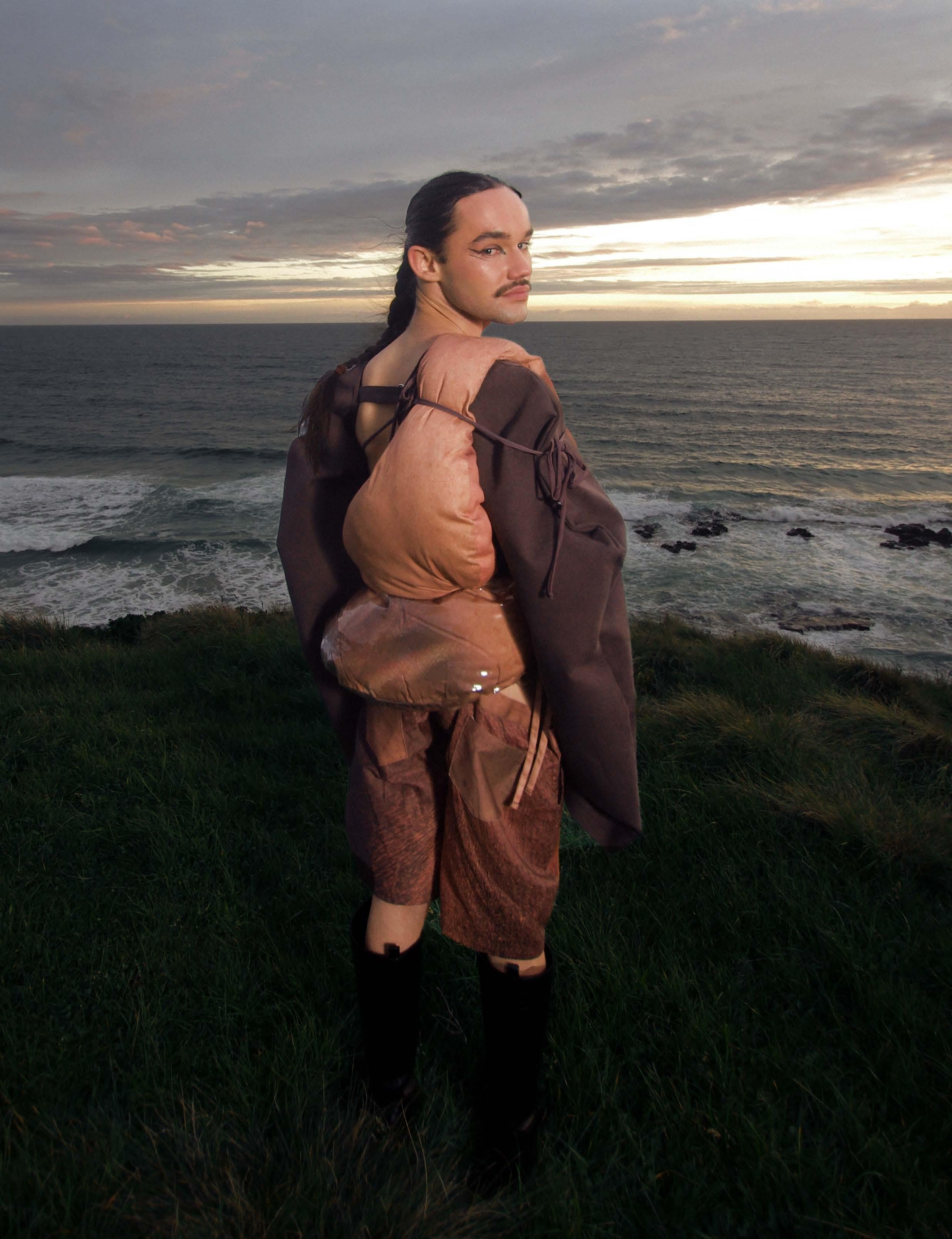
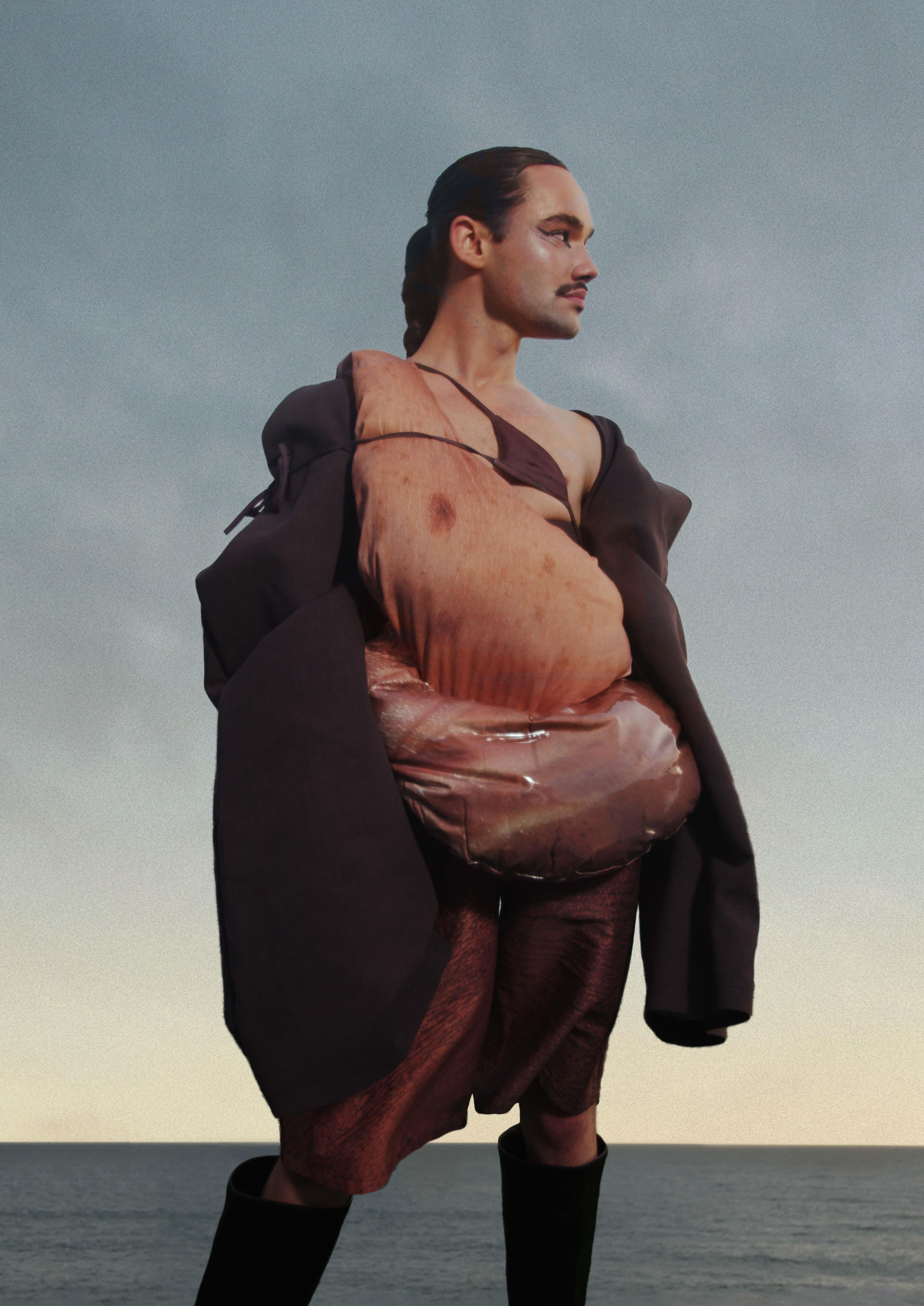
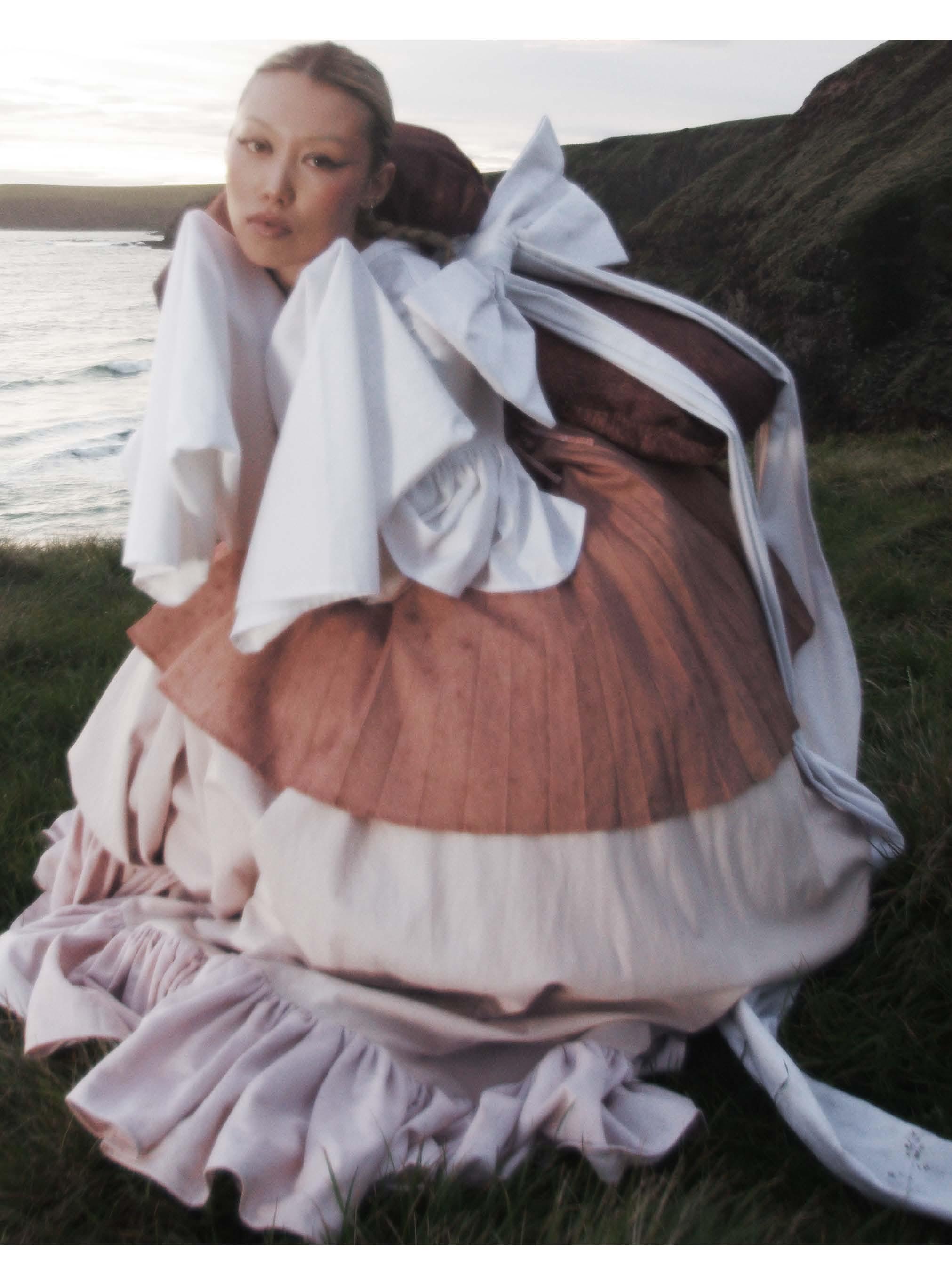

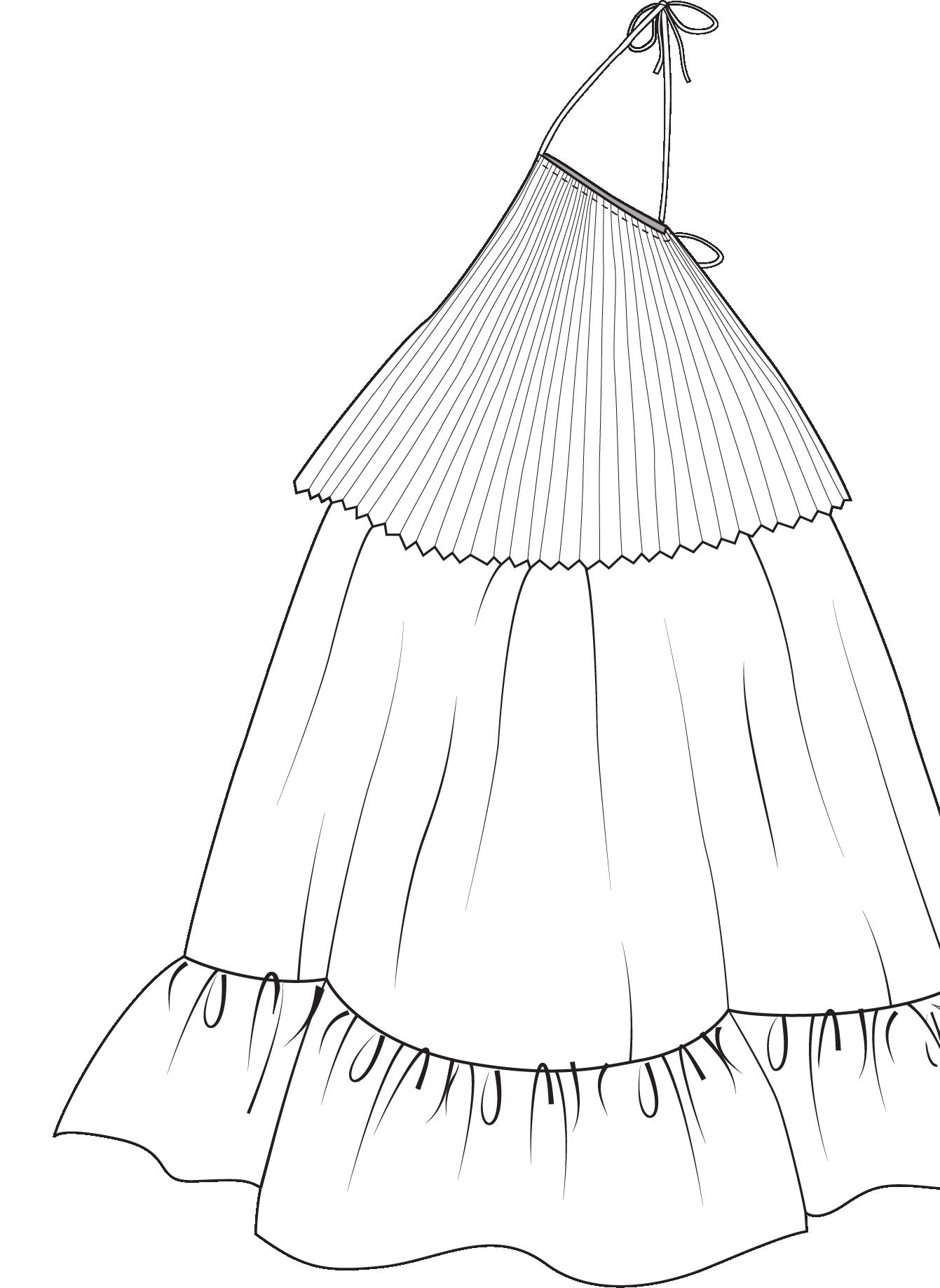
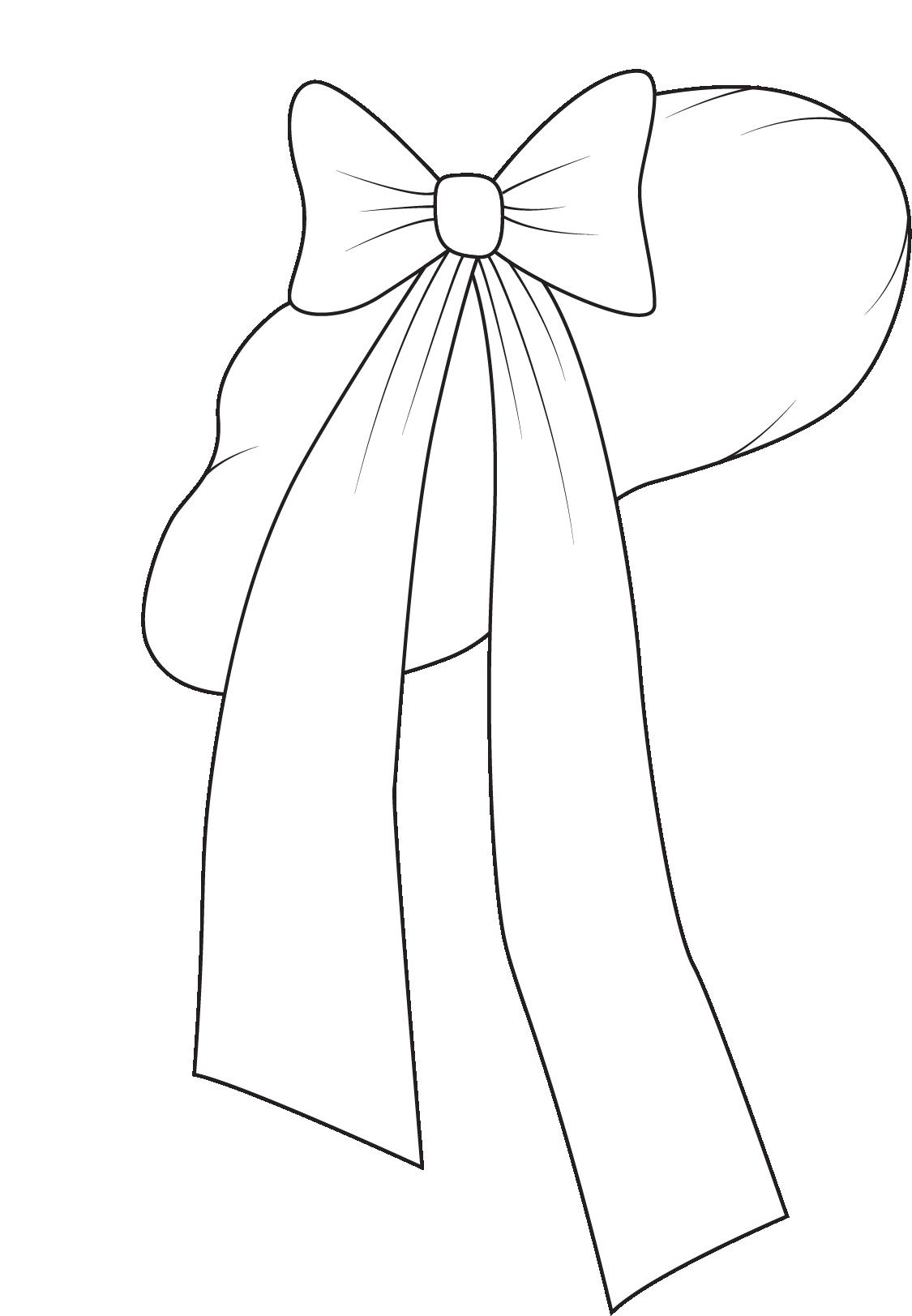
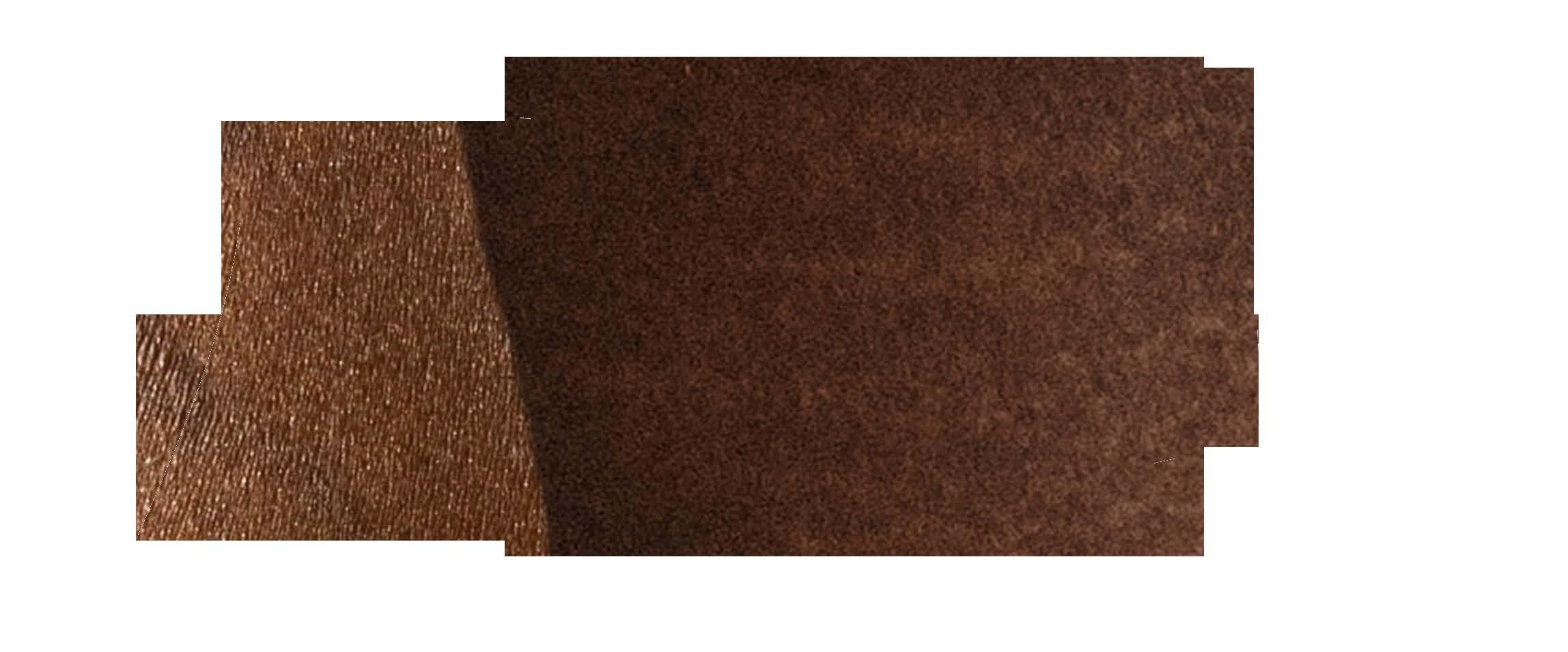
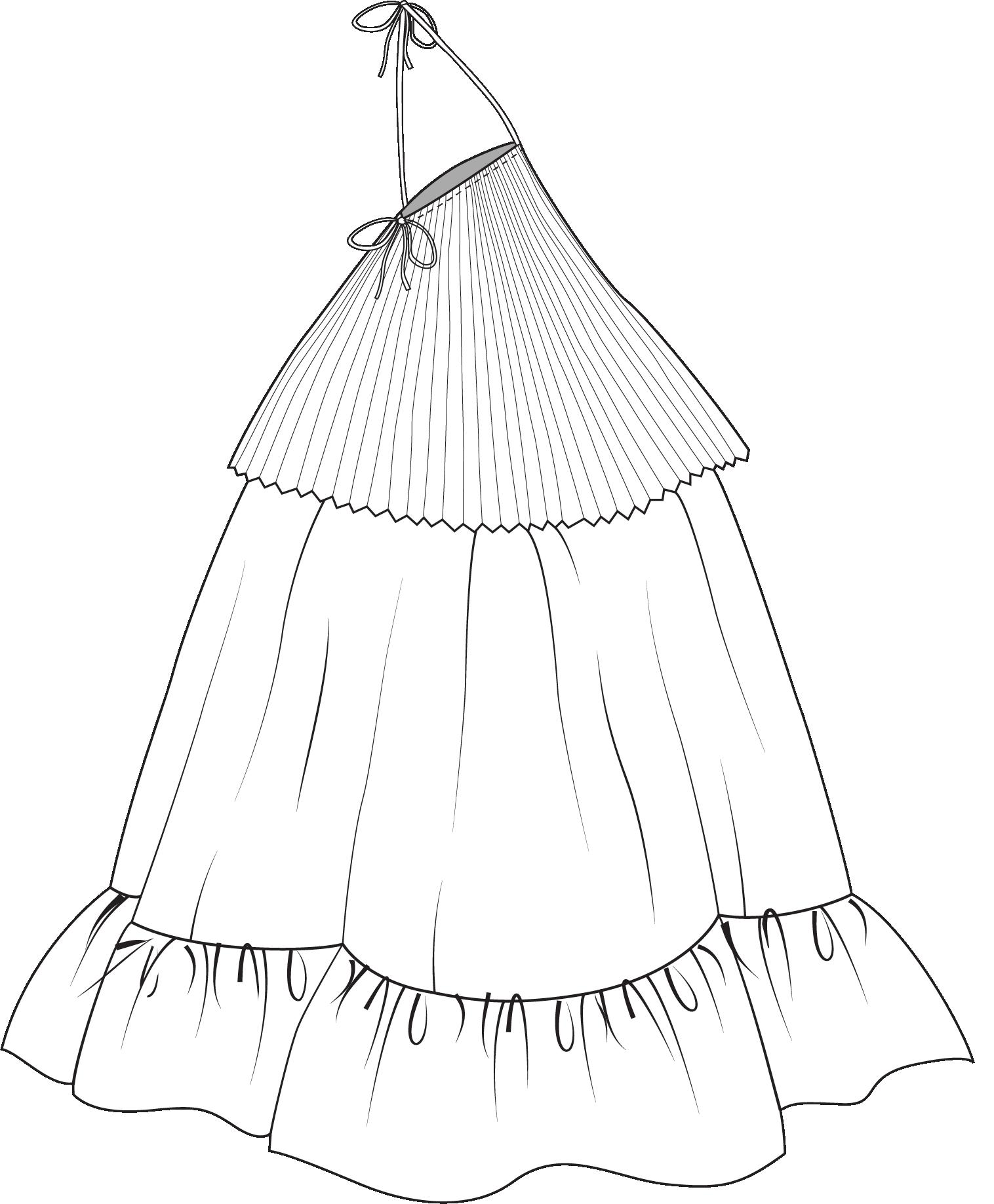
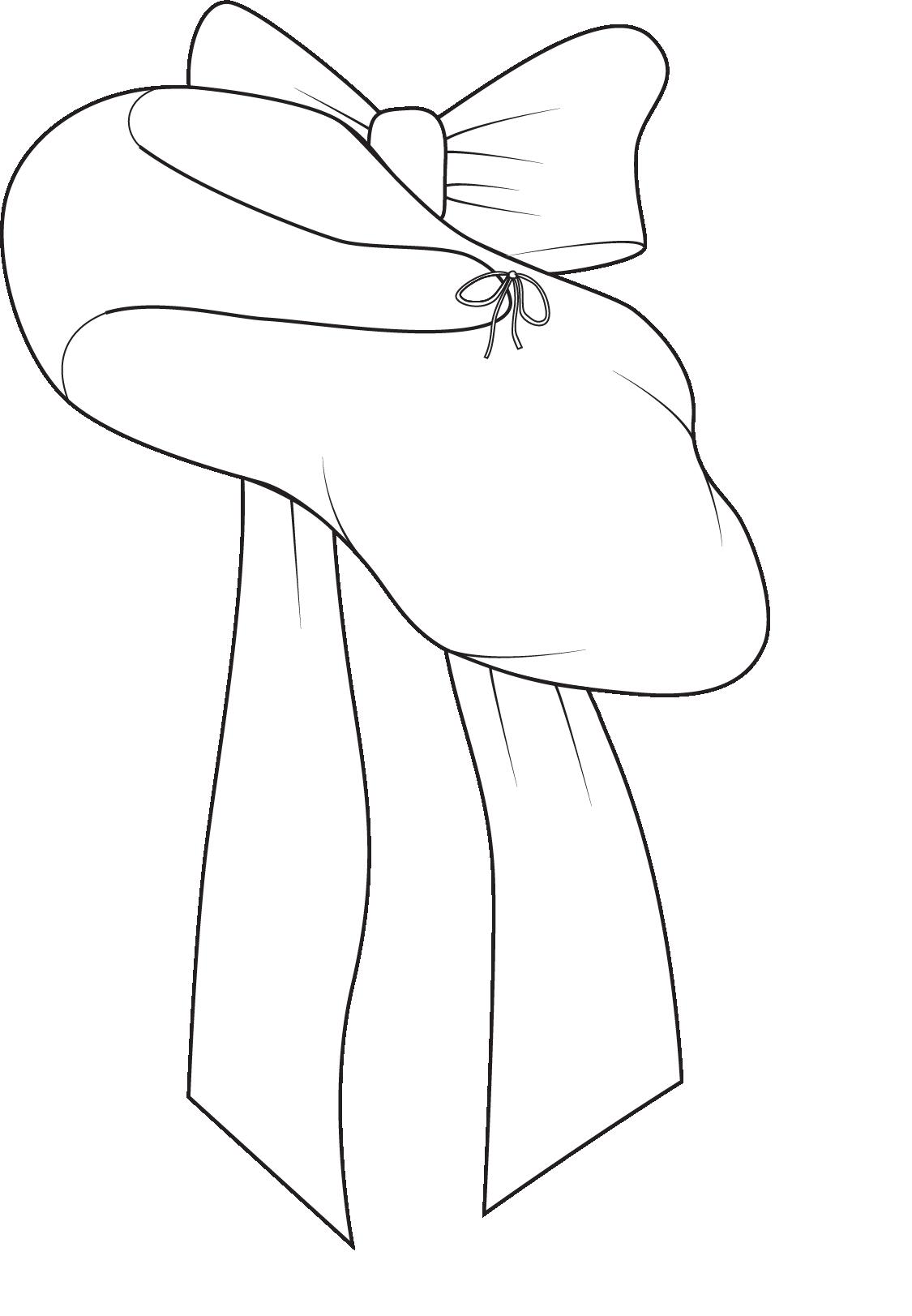
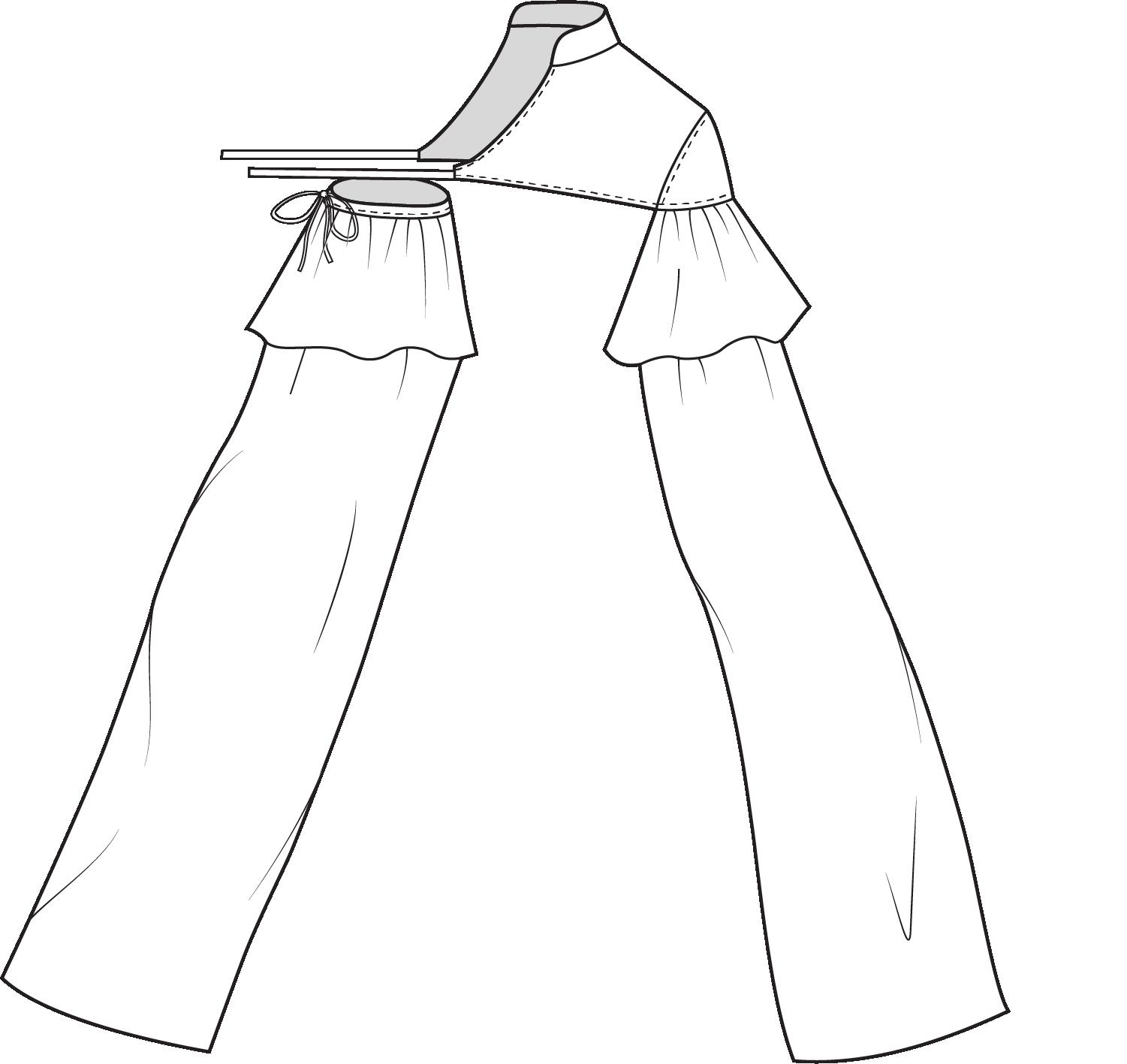


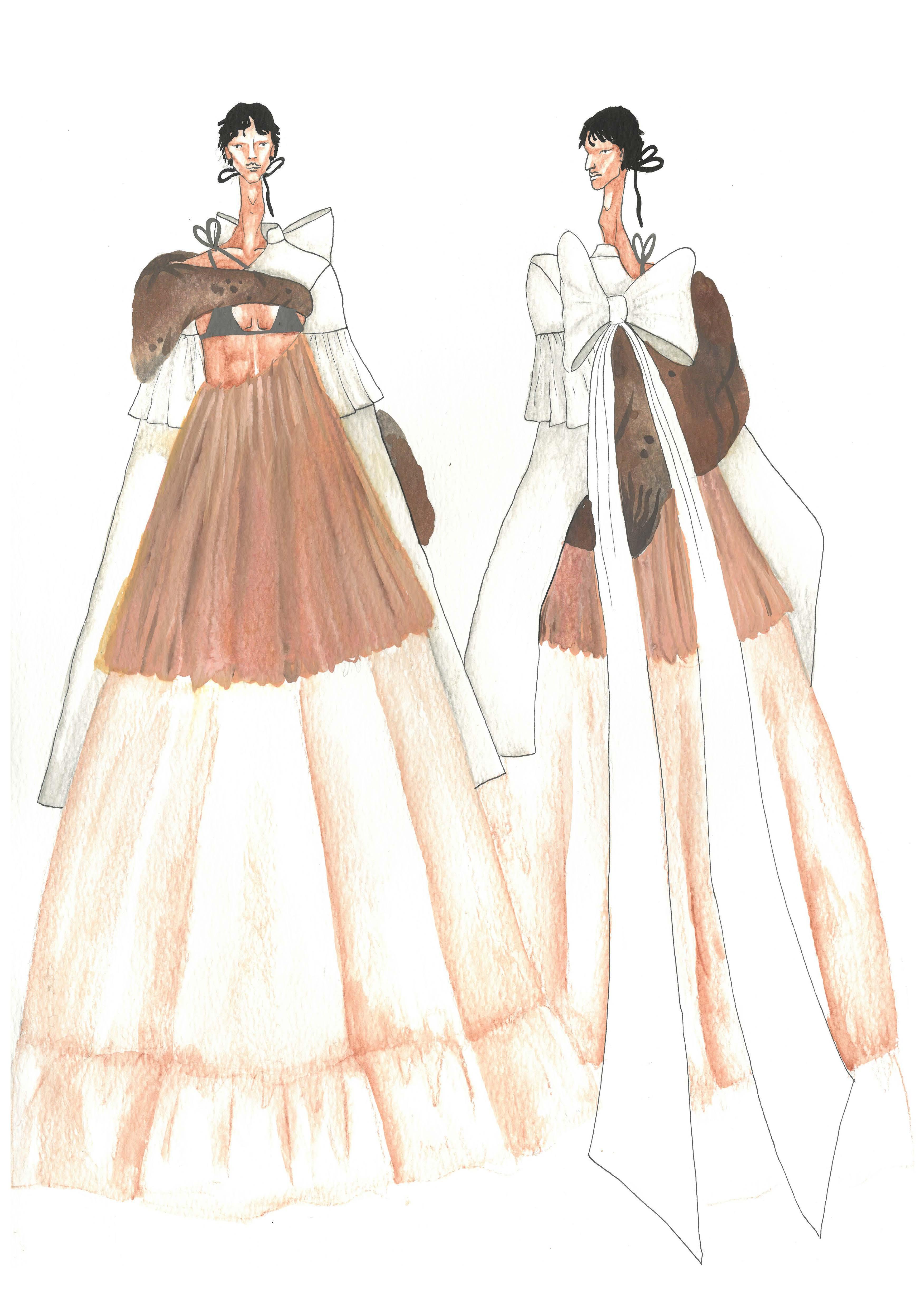
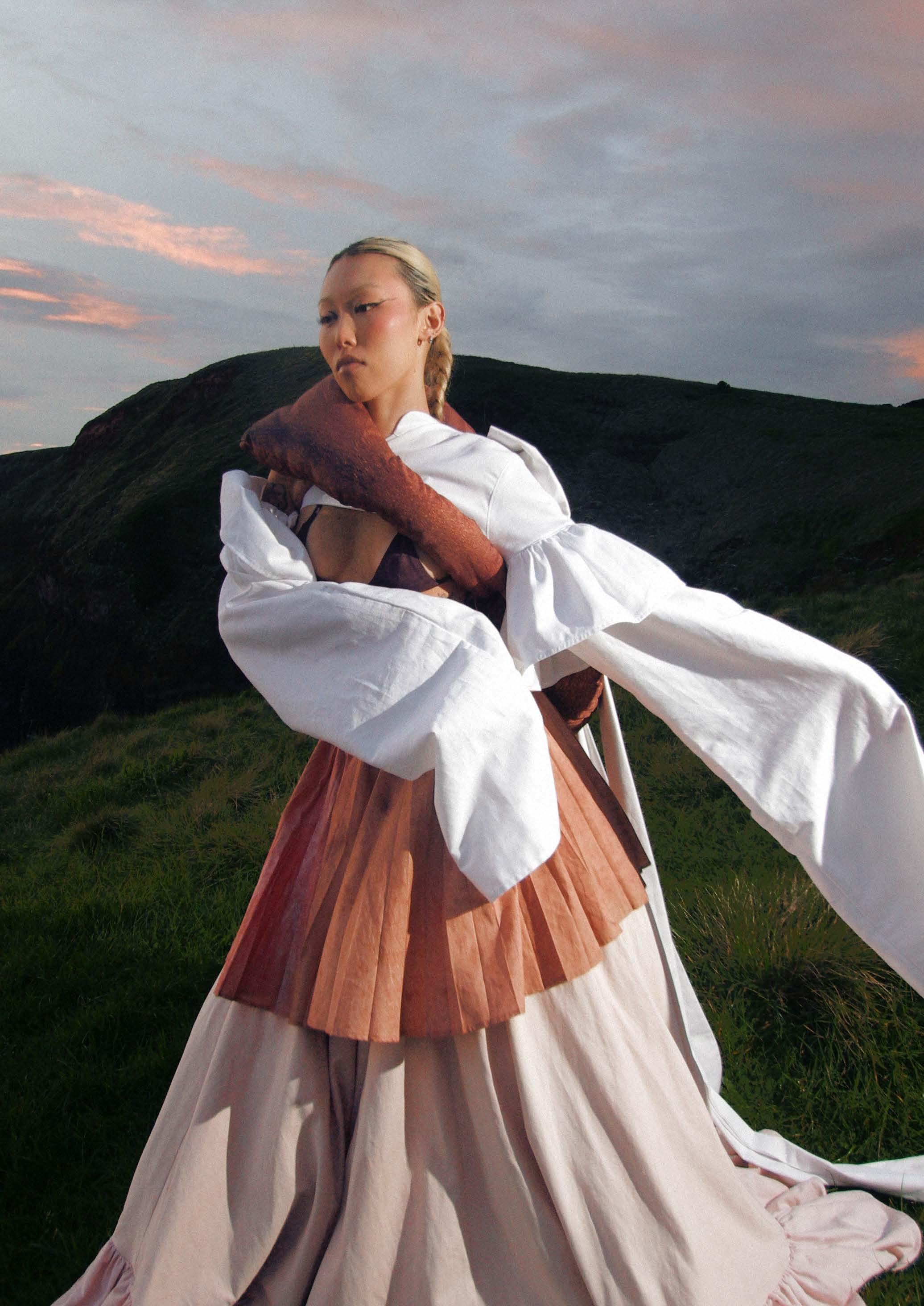

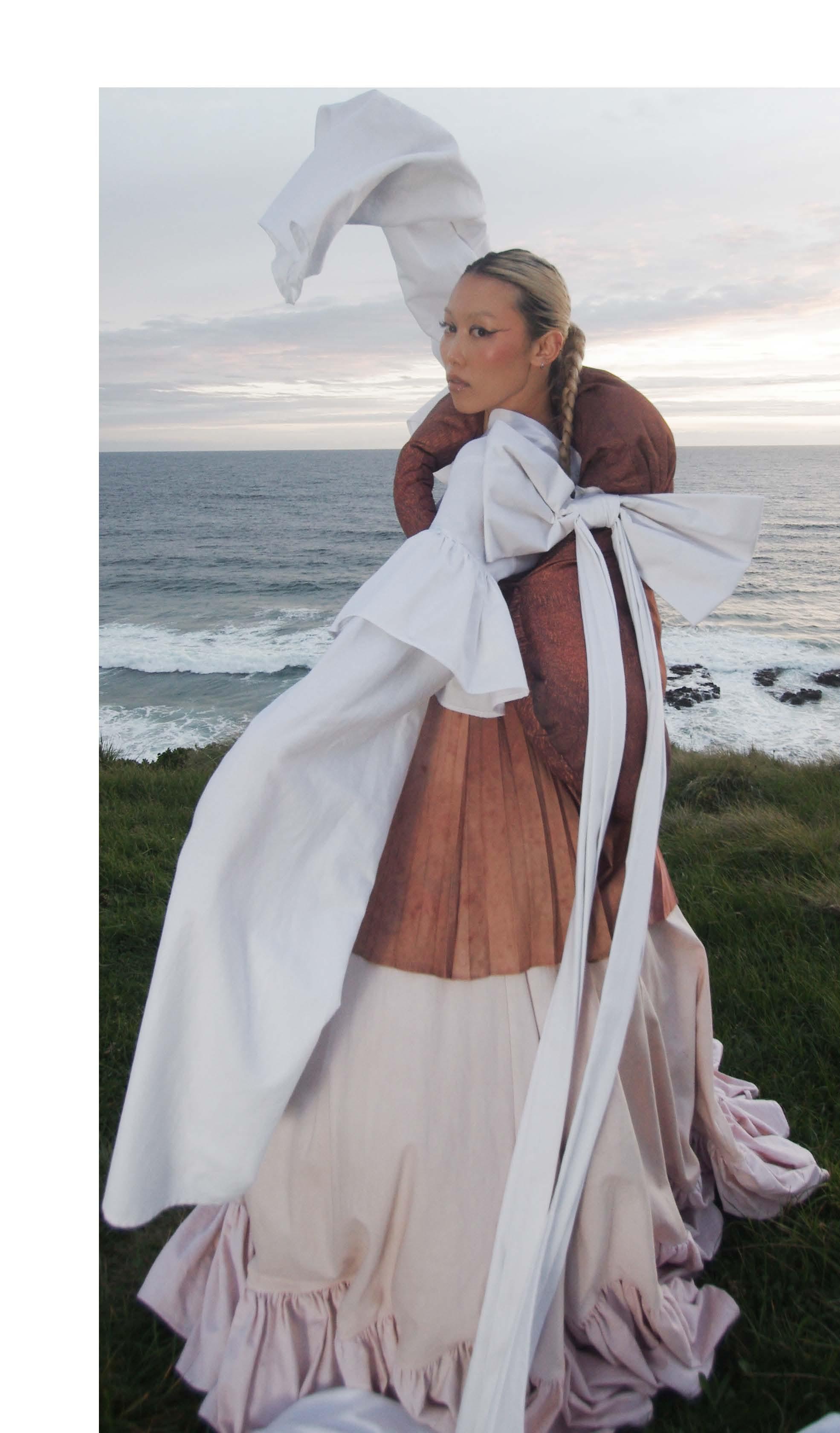

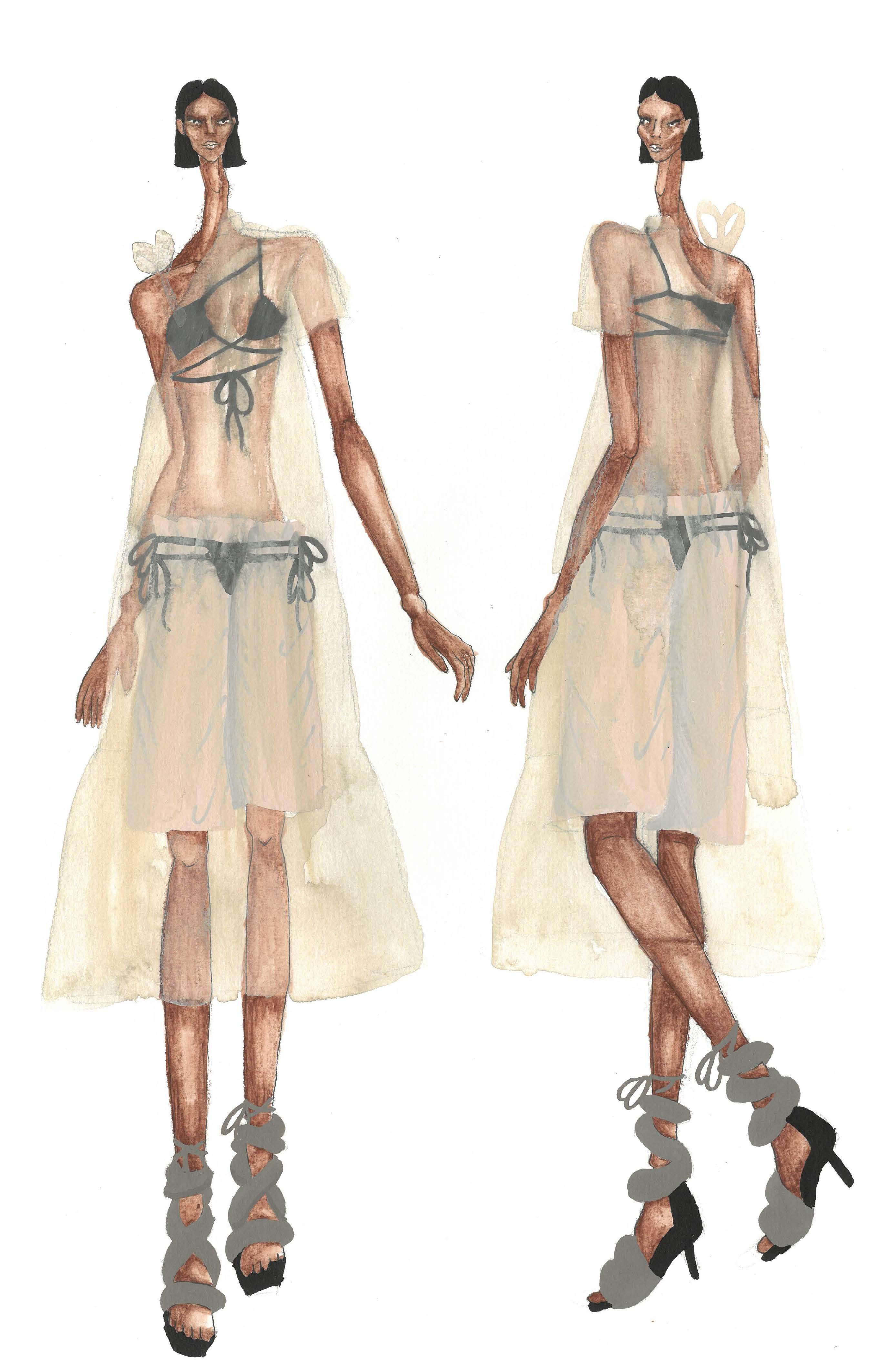

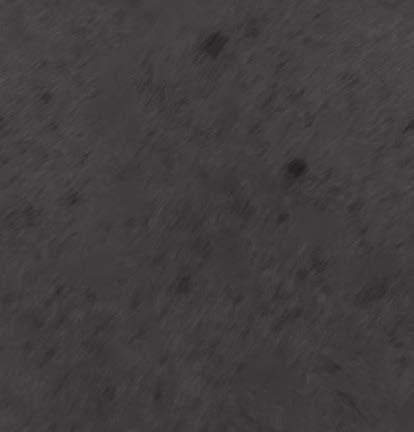
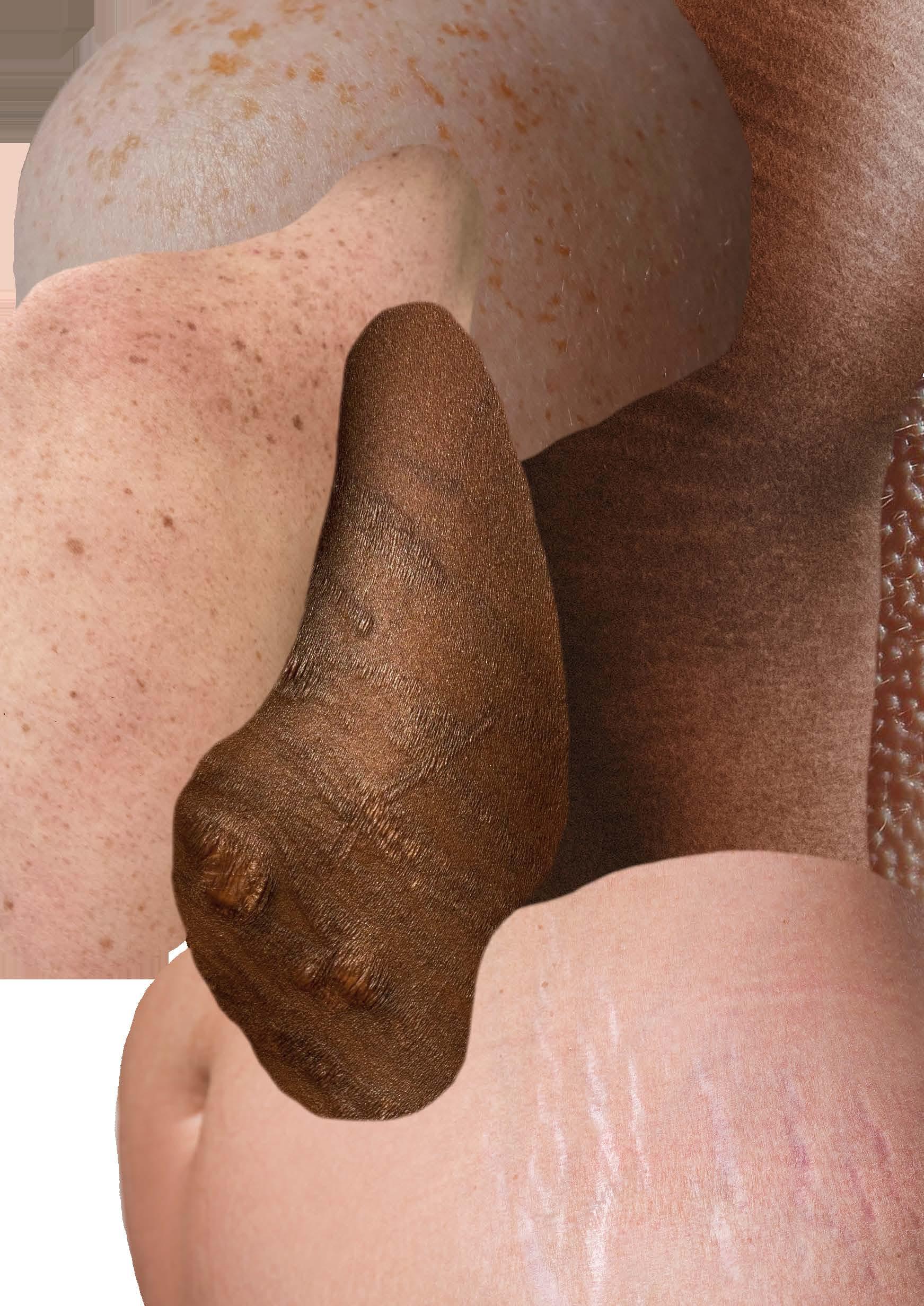
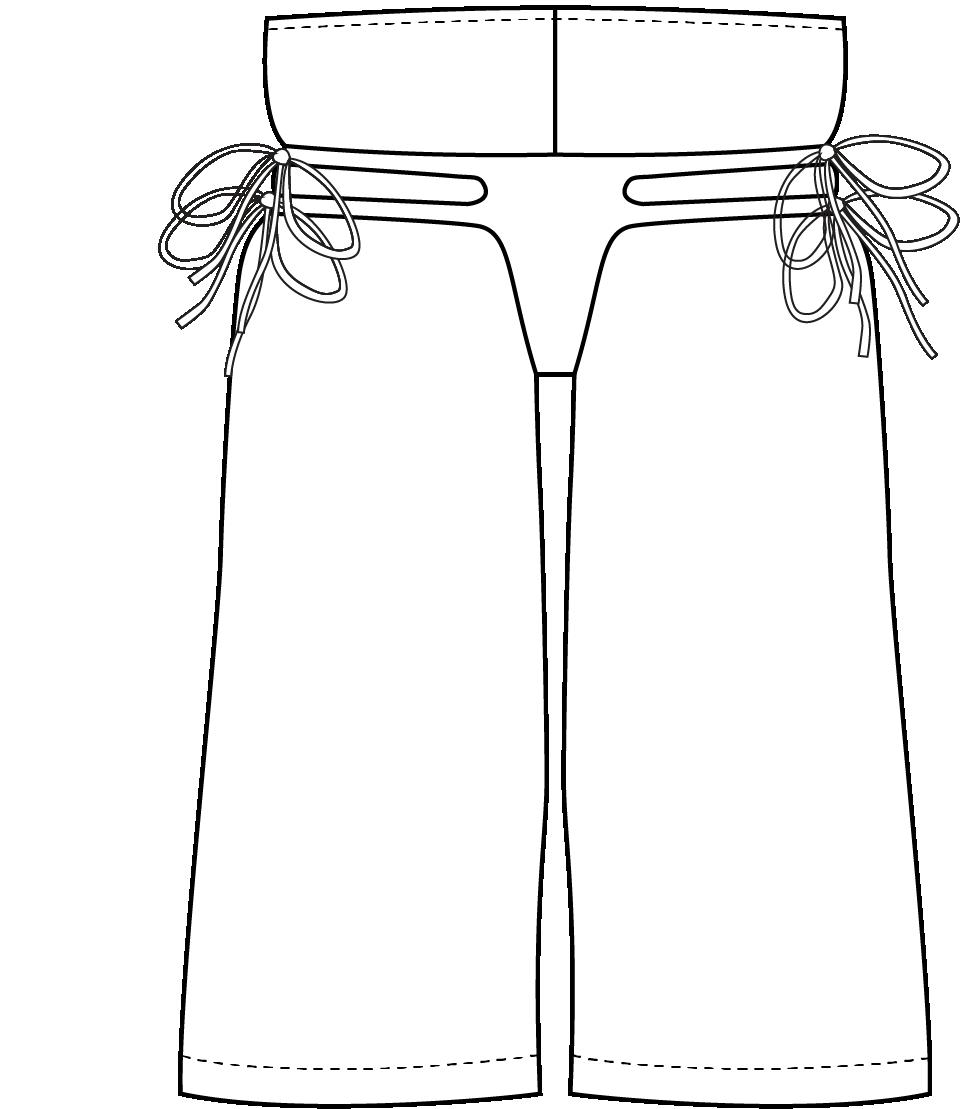
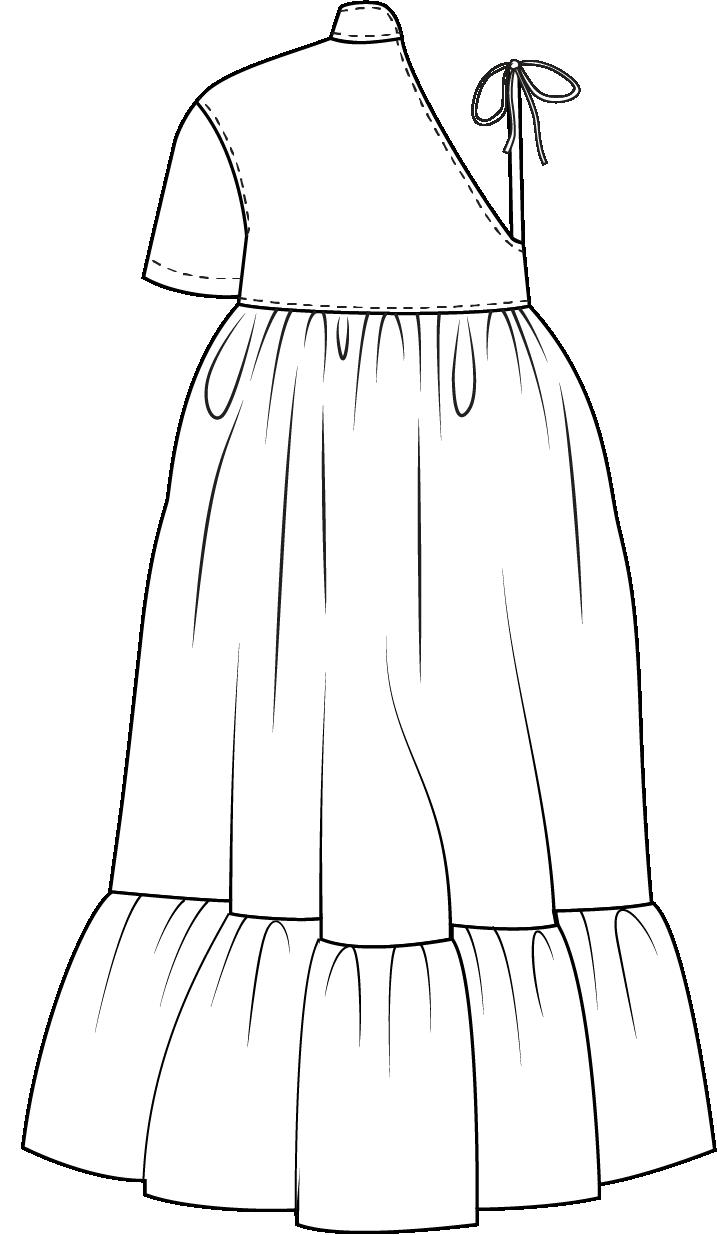

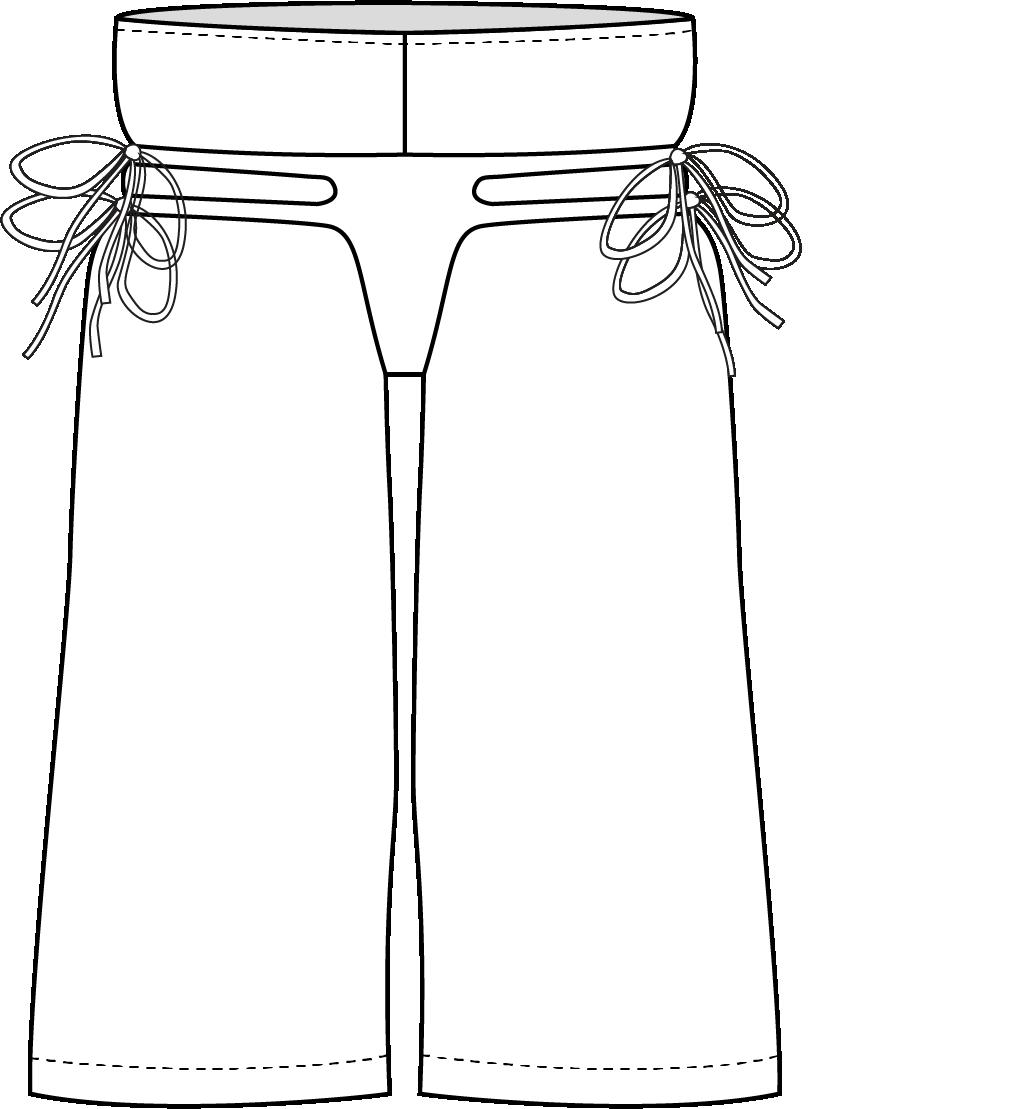
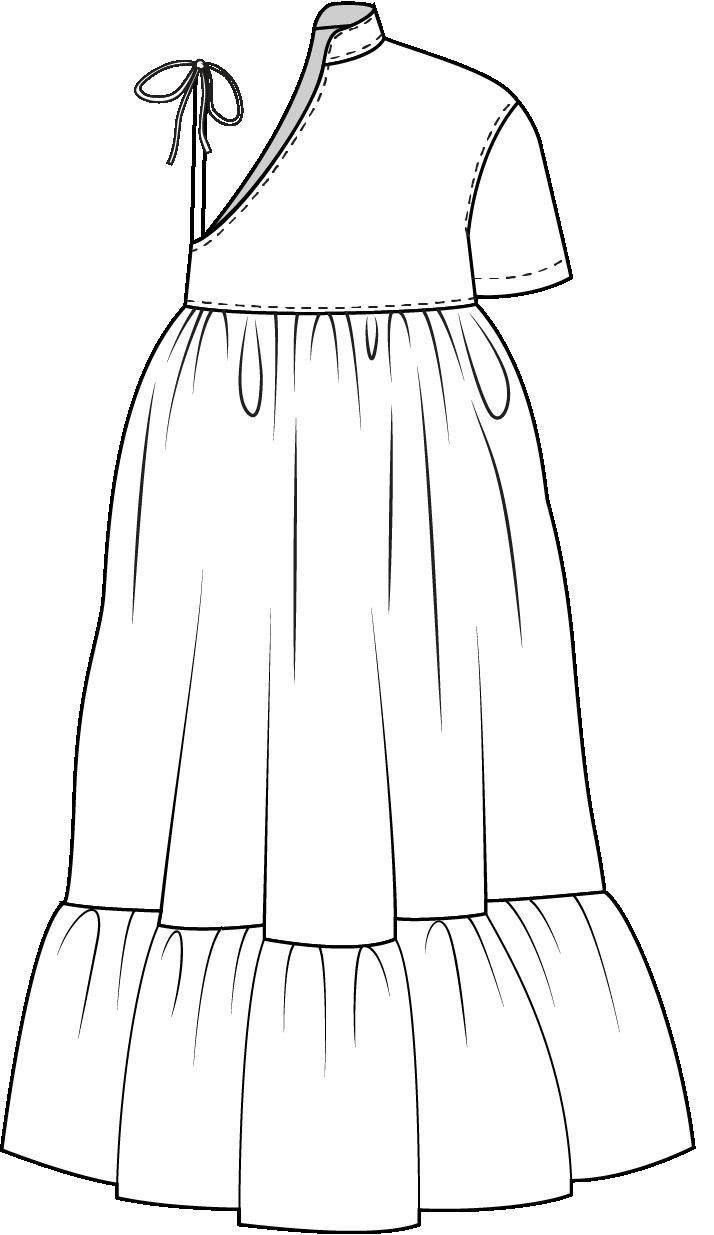


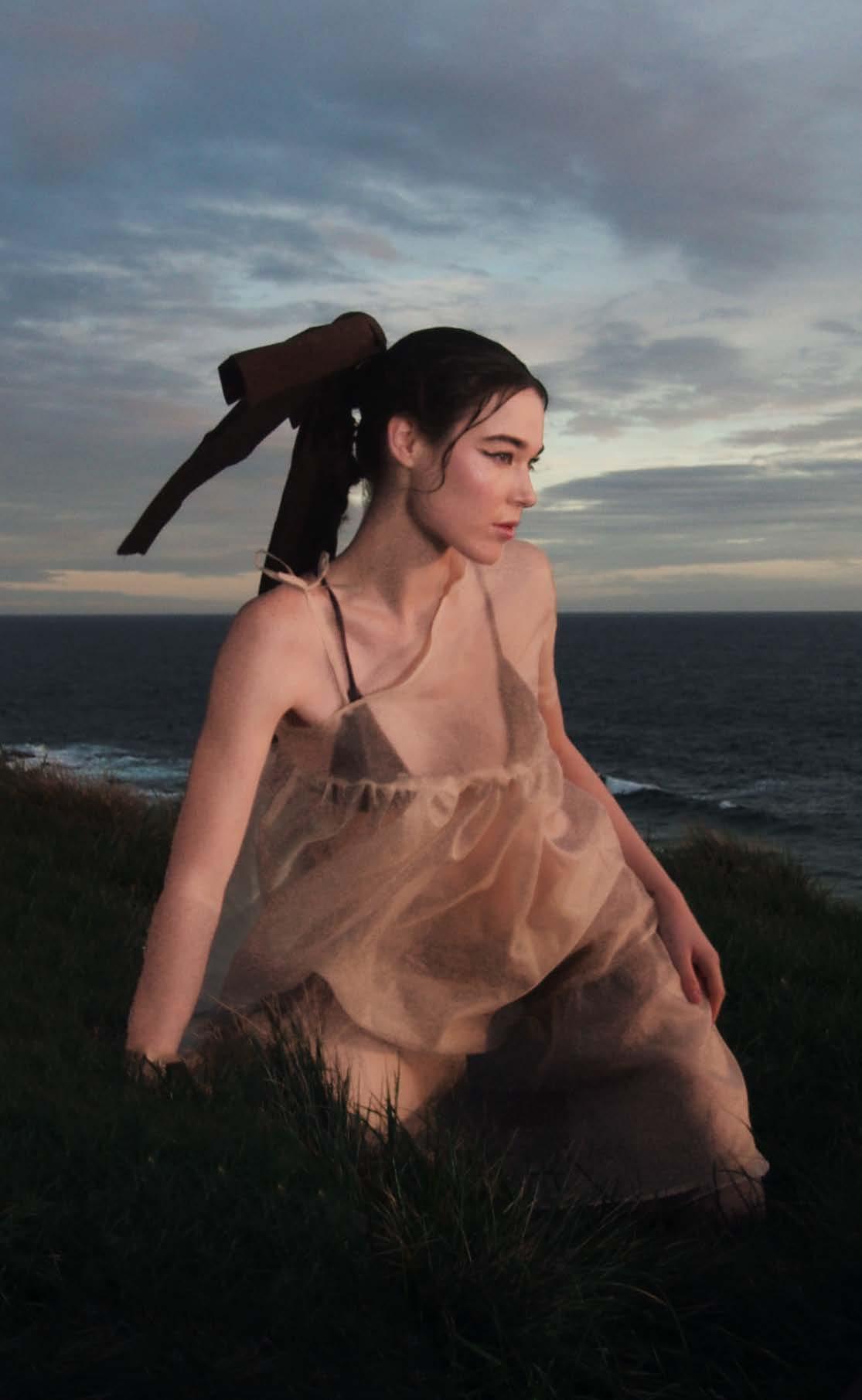
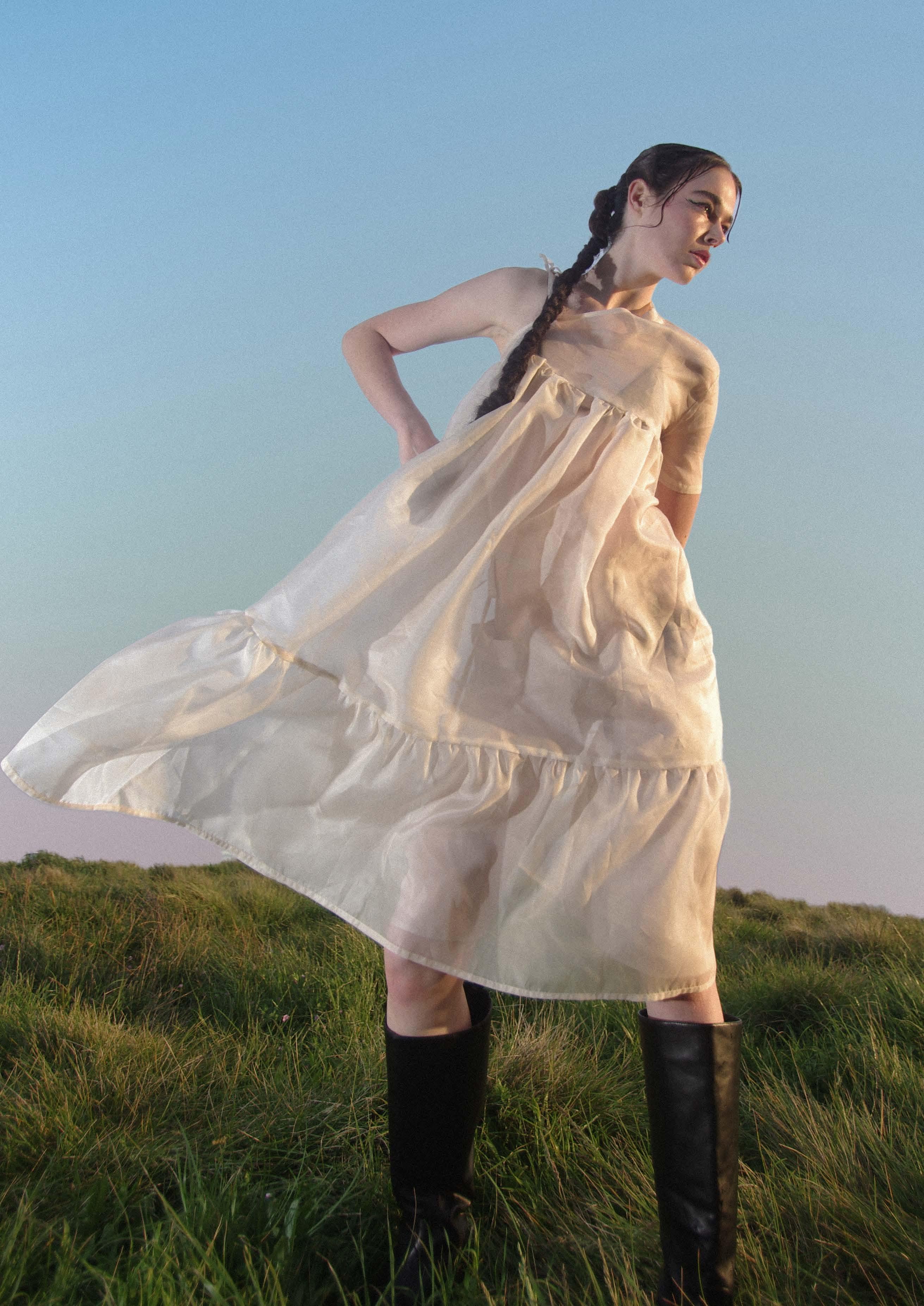

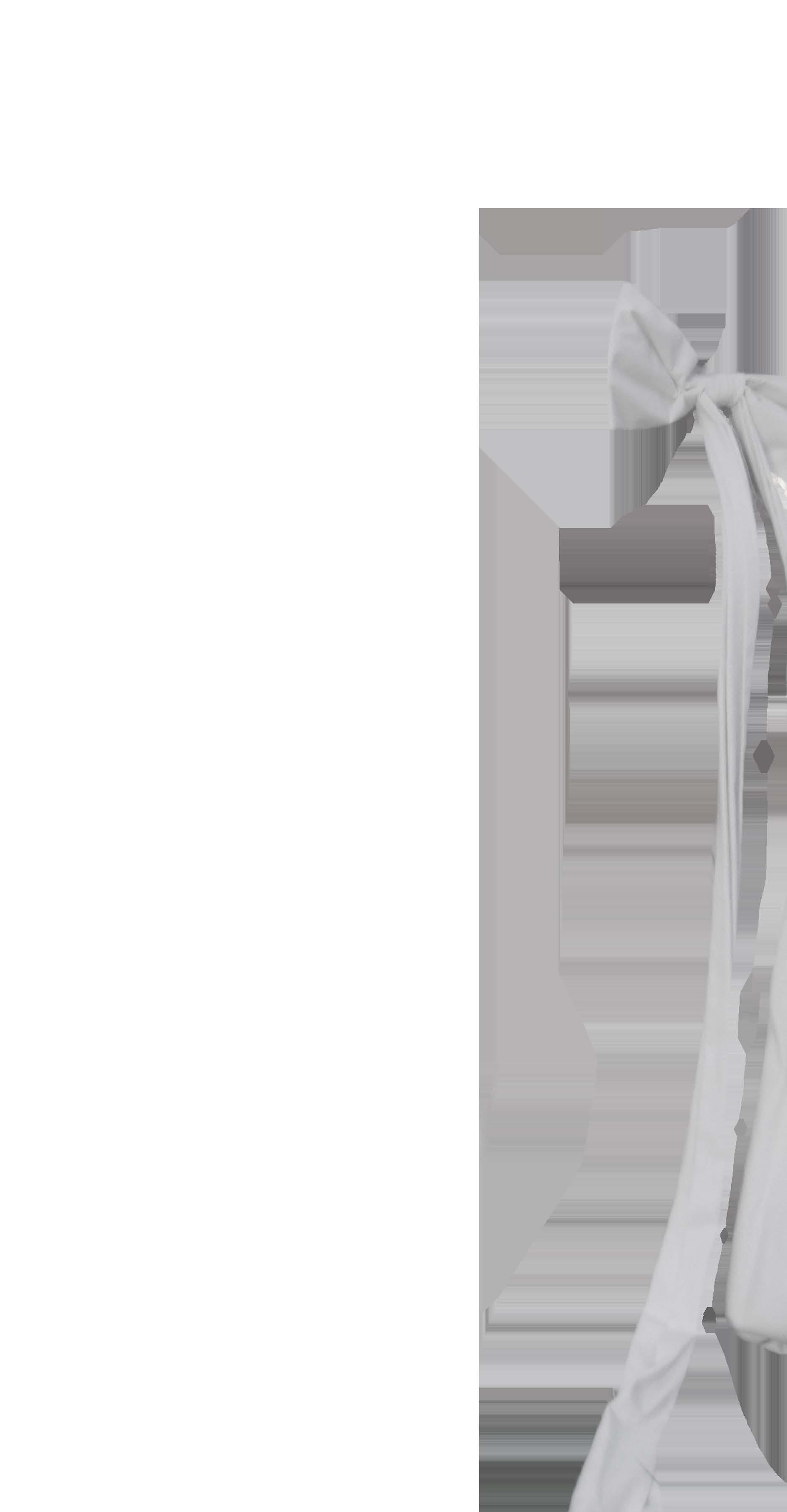




PRINTDEVELOPMENT
Collages of skin variations and textures that will appear to the eye when scaled up. I have merged together the aspects of skin details that
are not normally highlighted in beauty standards or deemed socially appearling such as skin rolls, stretch marks, scars, goosebump textures, pores and skin tags. These prints also bring out hues and undertones of skin such as the pinks and golden browns.
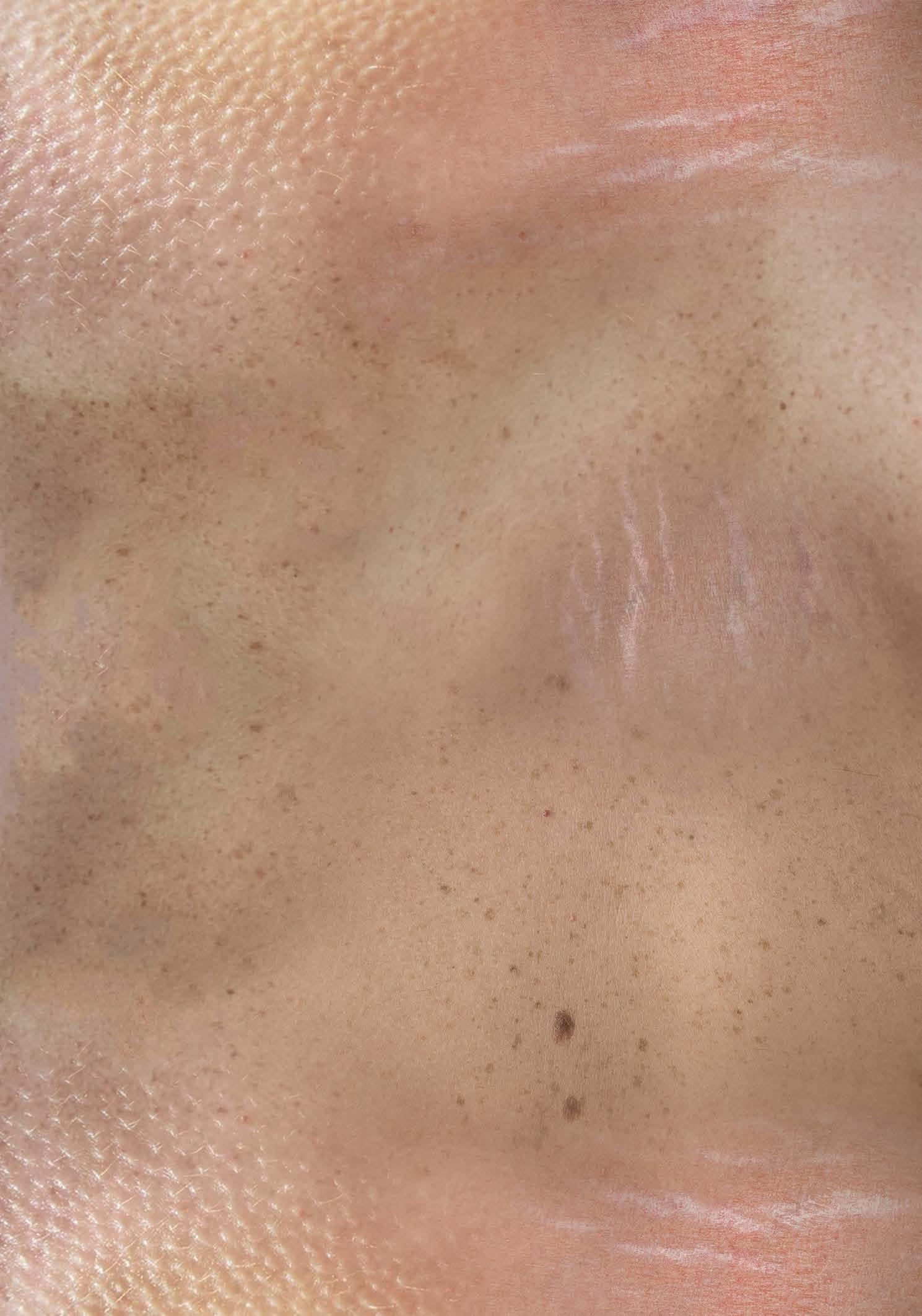

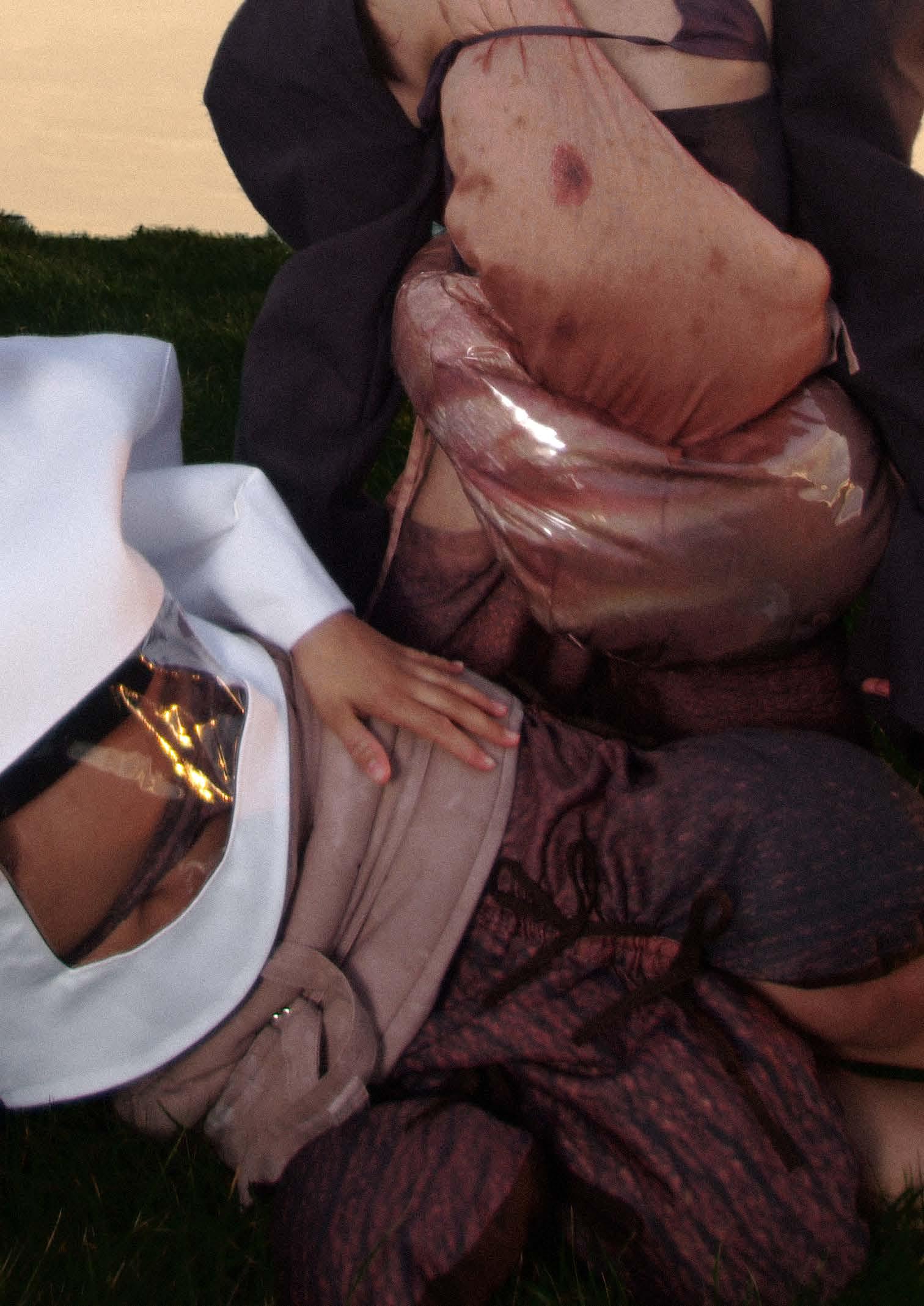
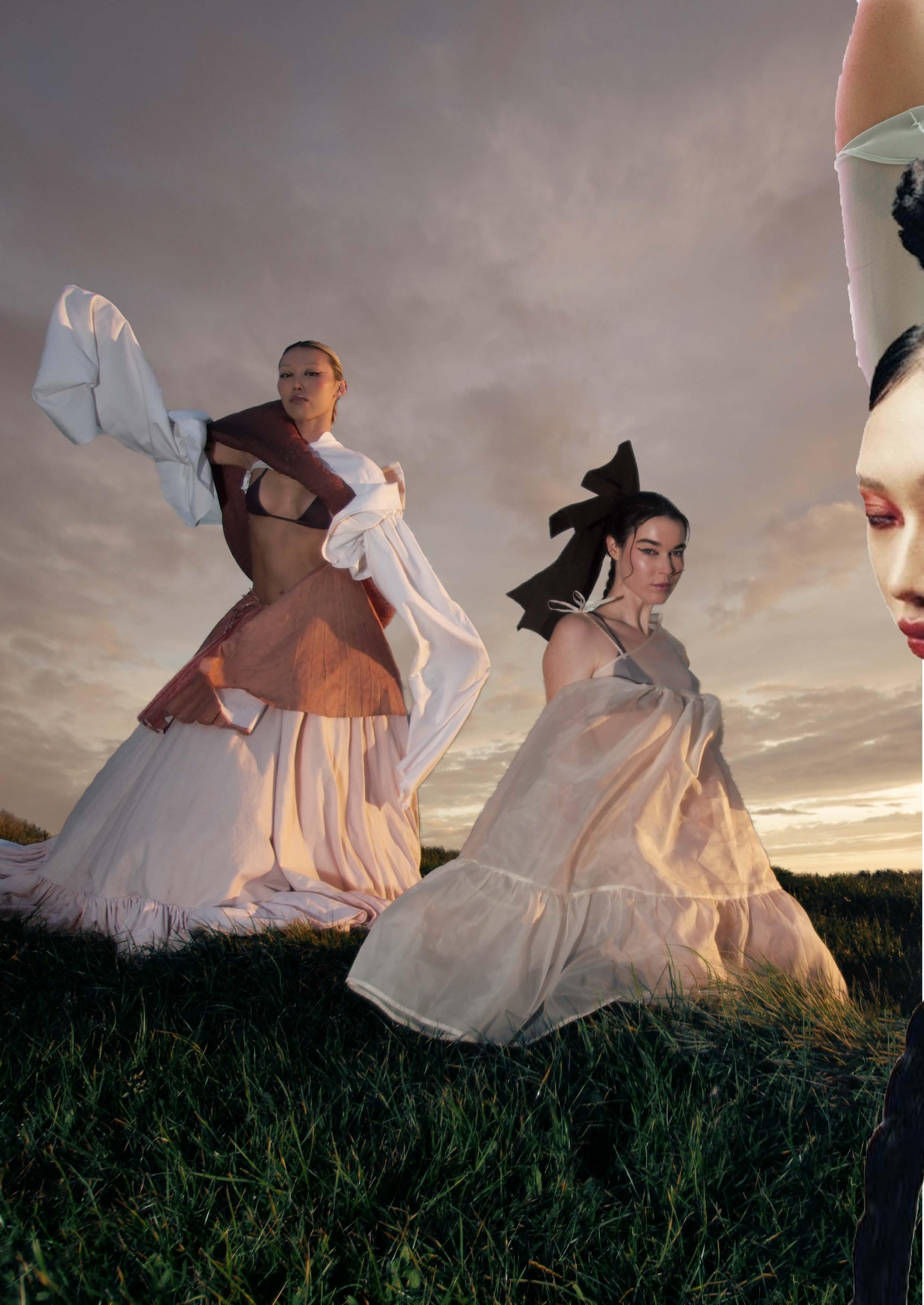
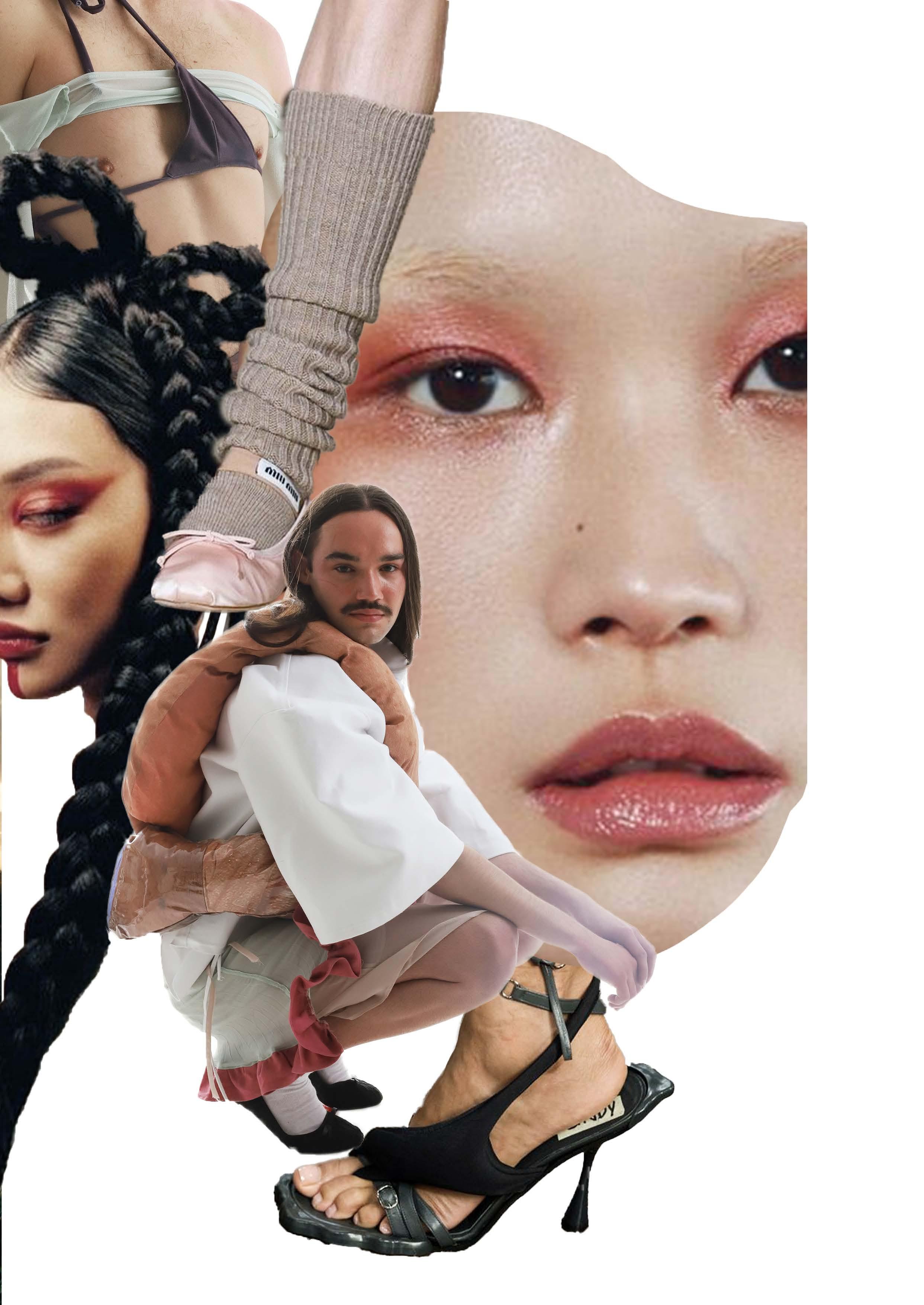
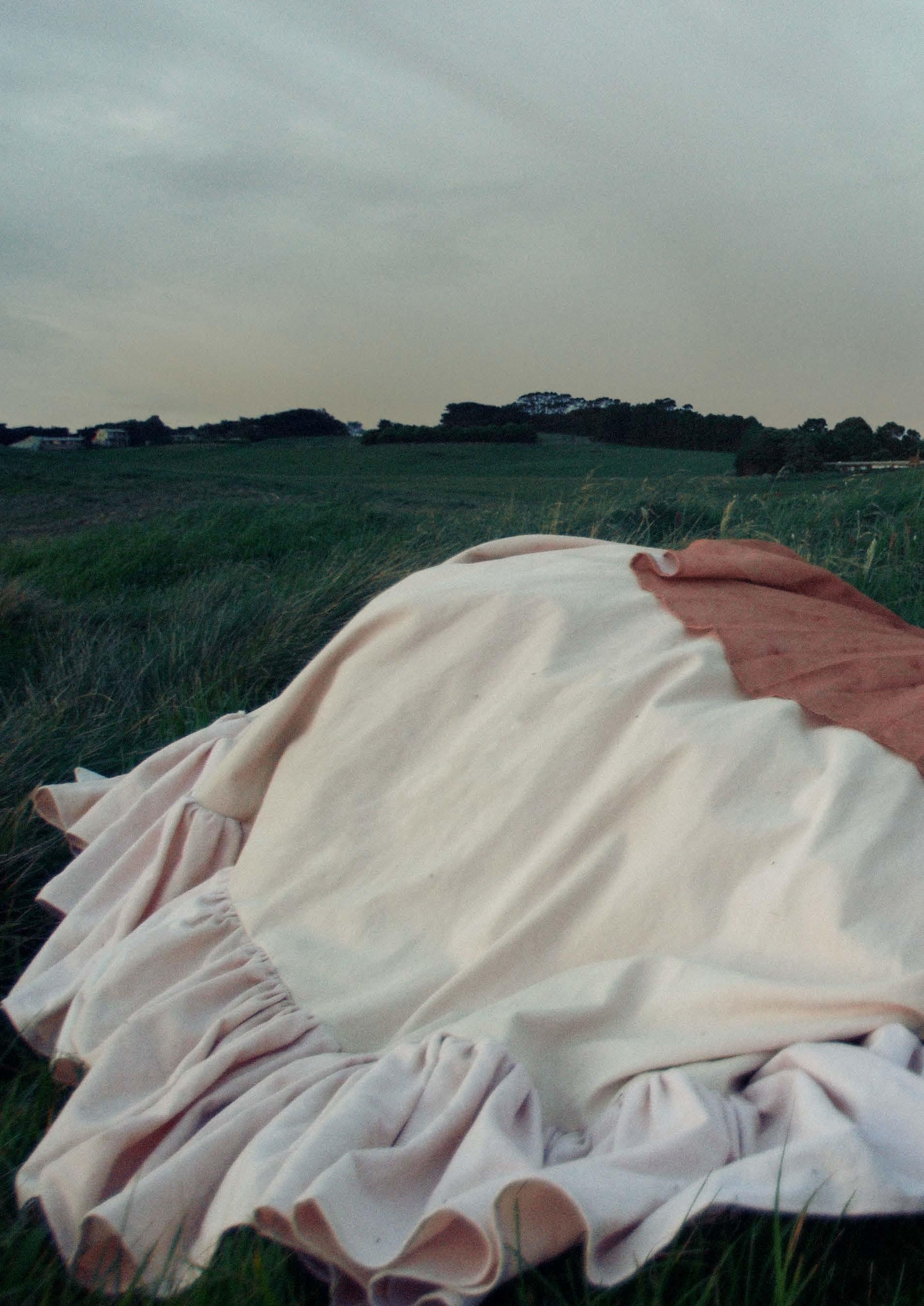
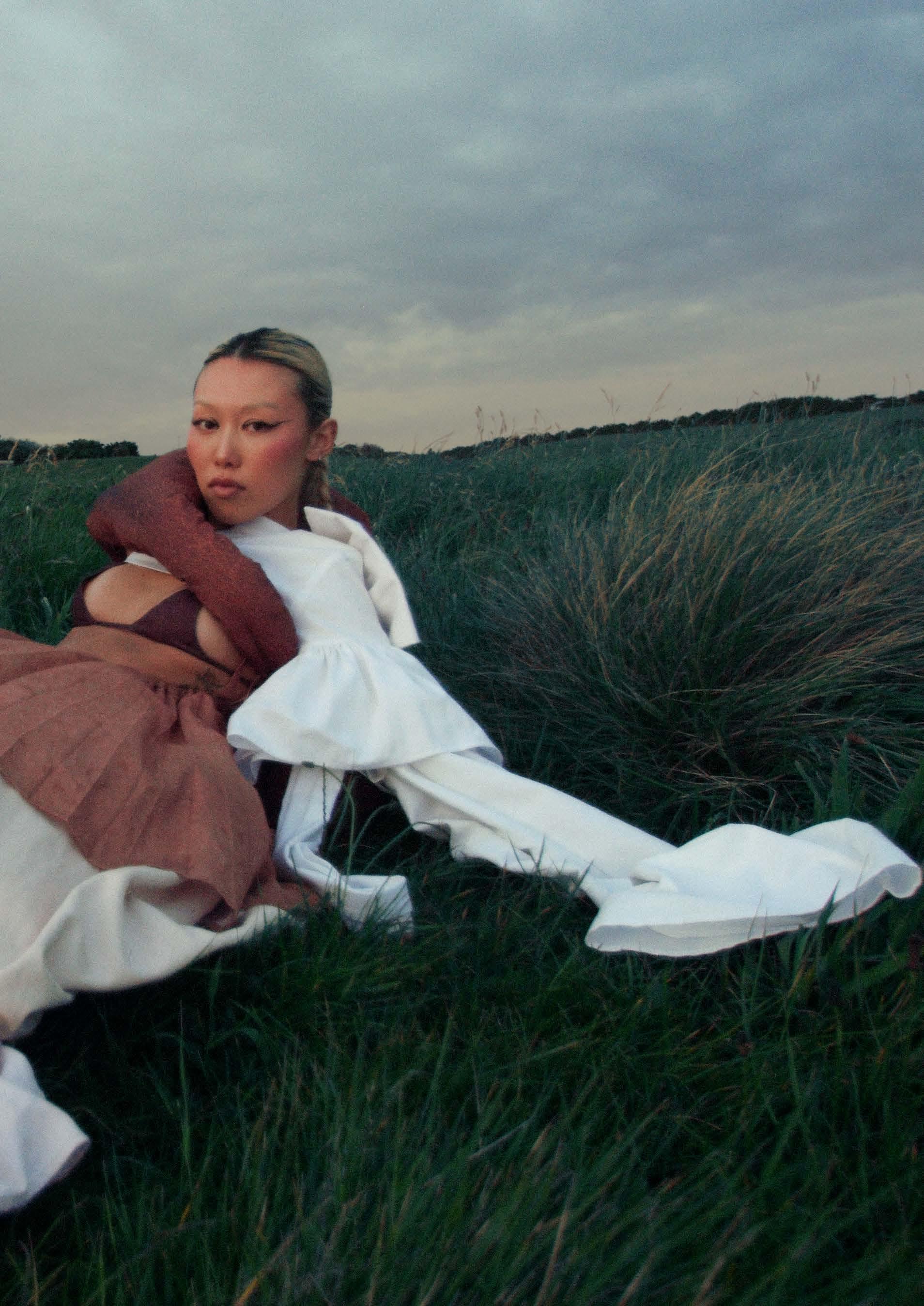
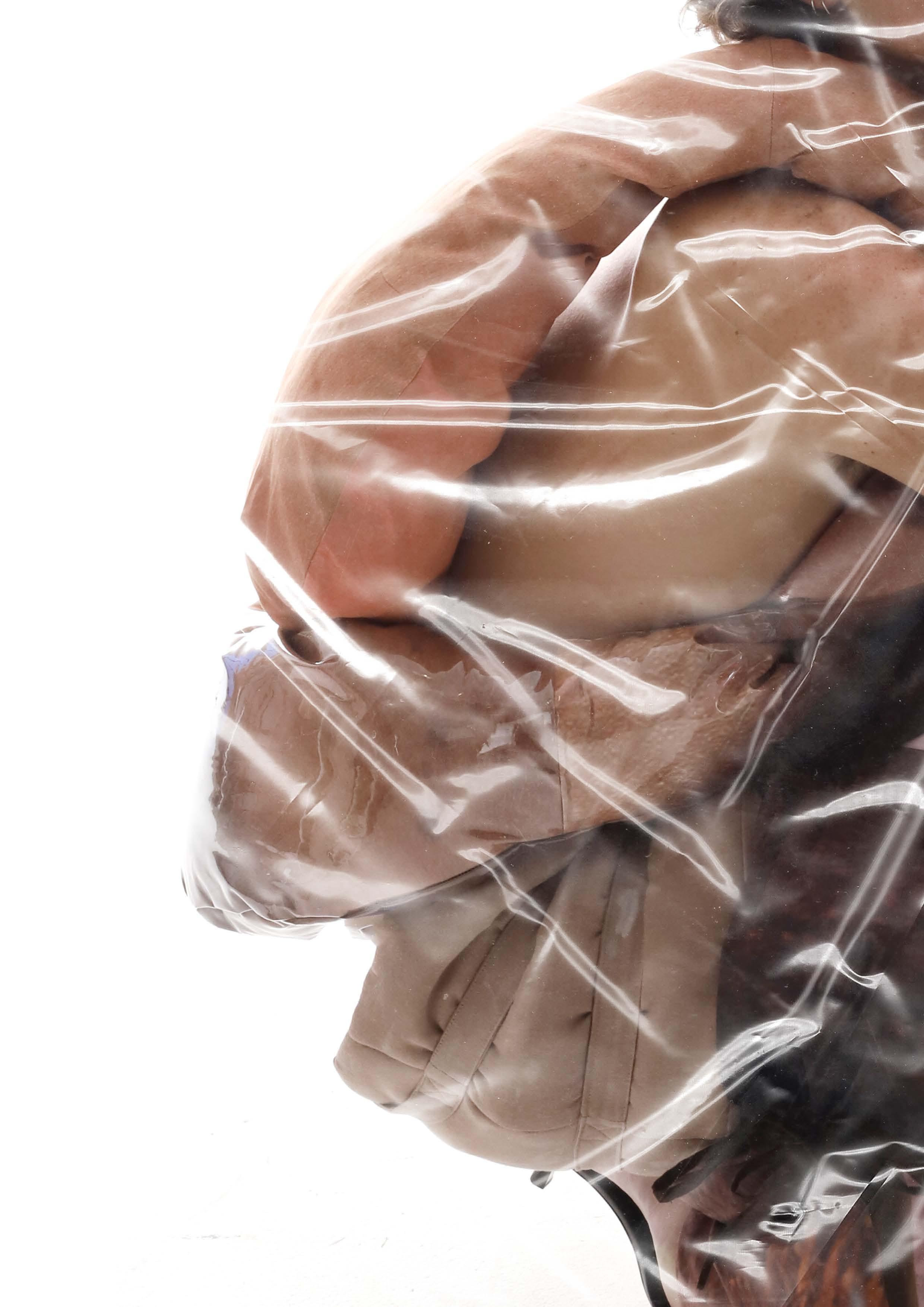






 photographer: caleb bieber
photographer: caleb bieber





















































































